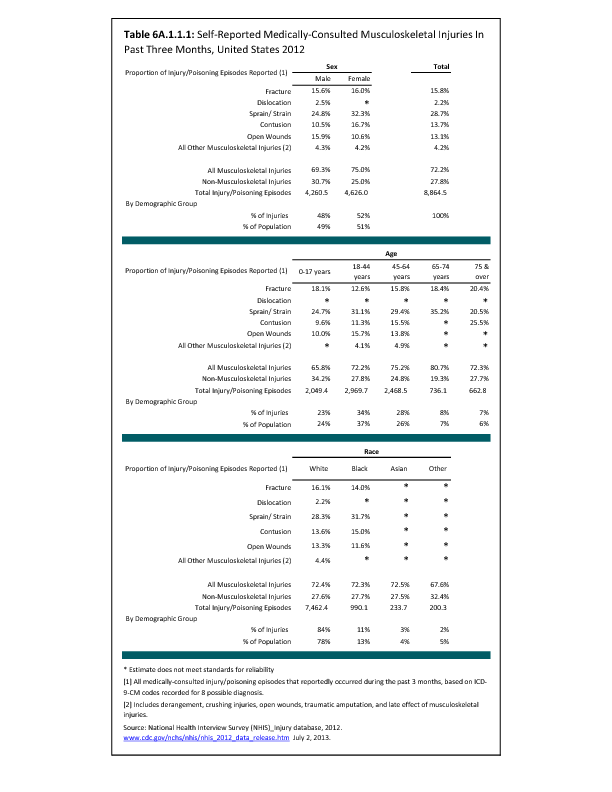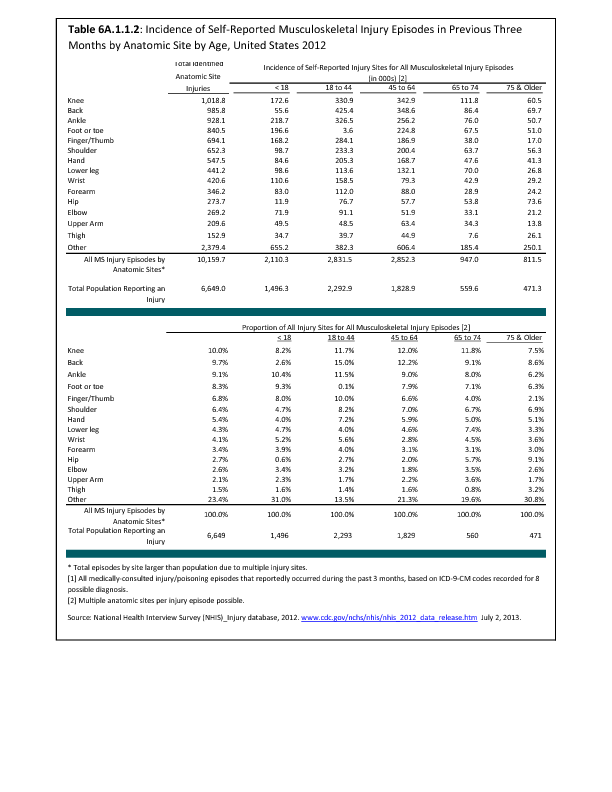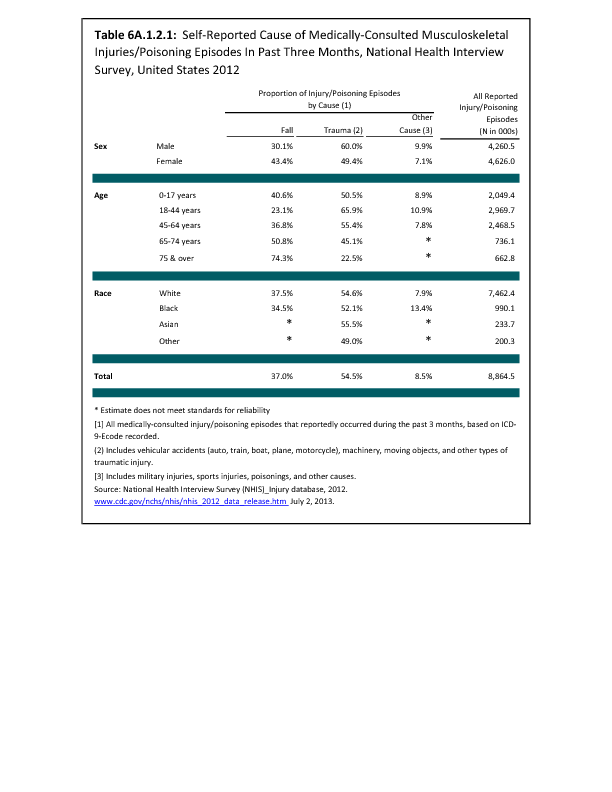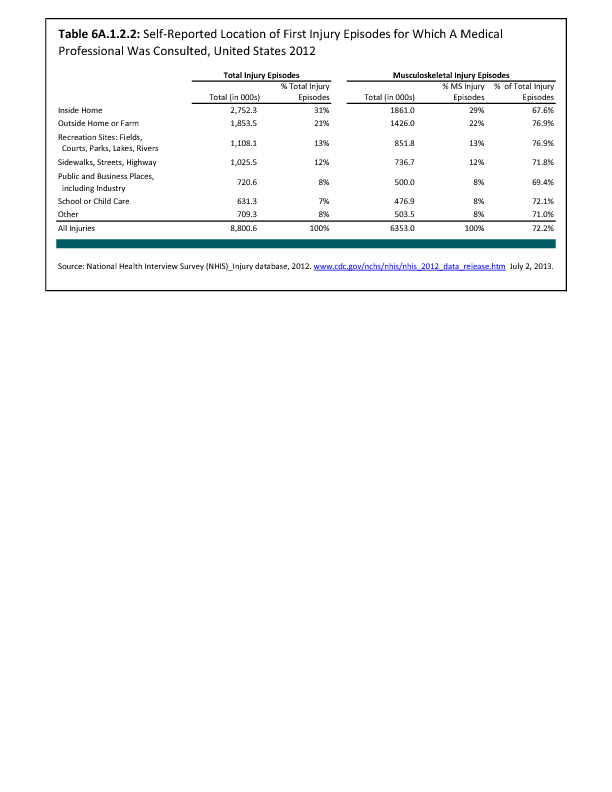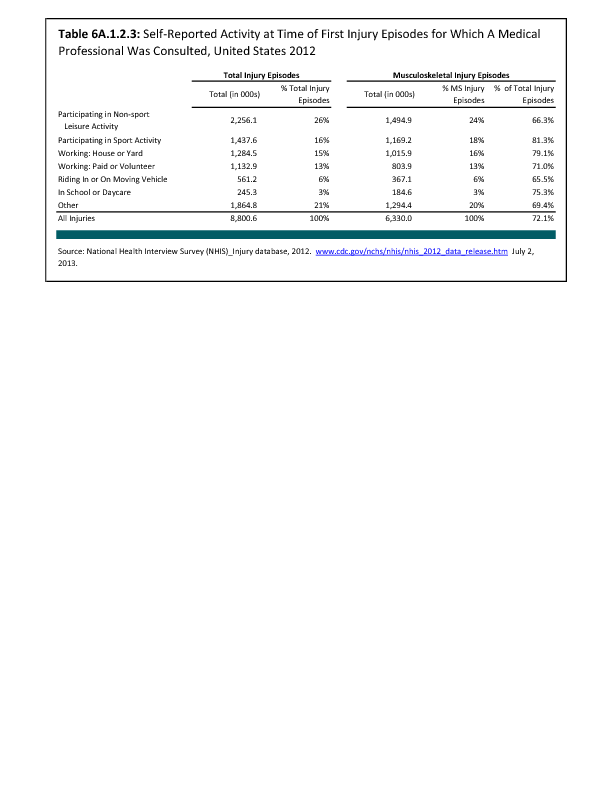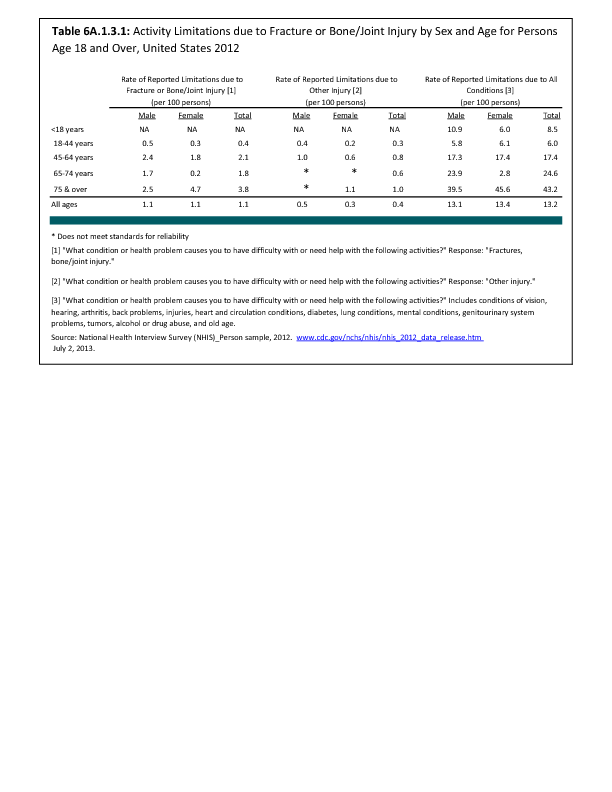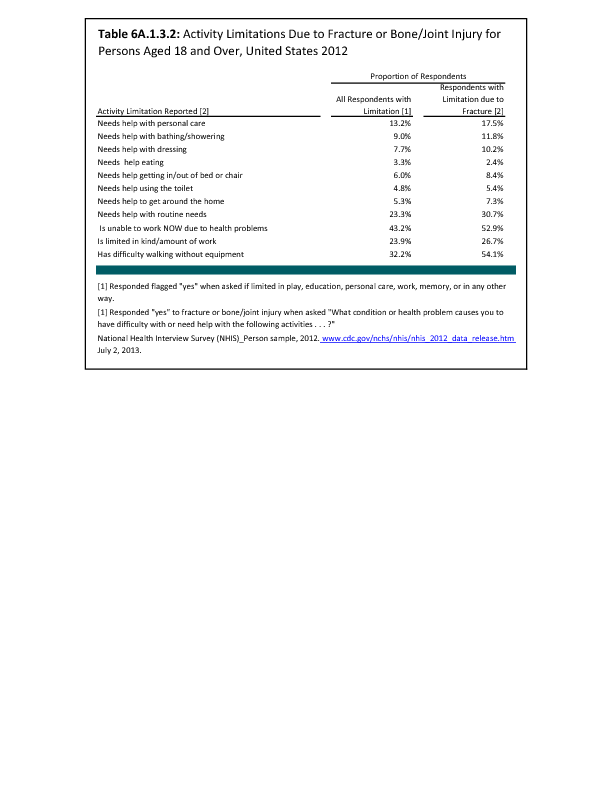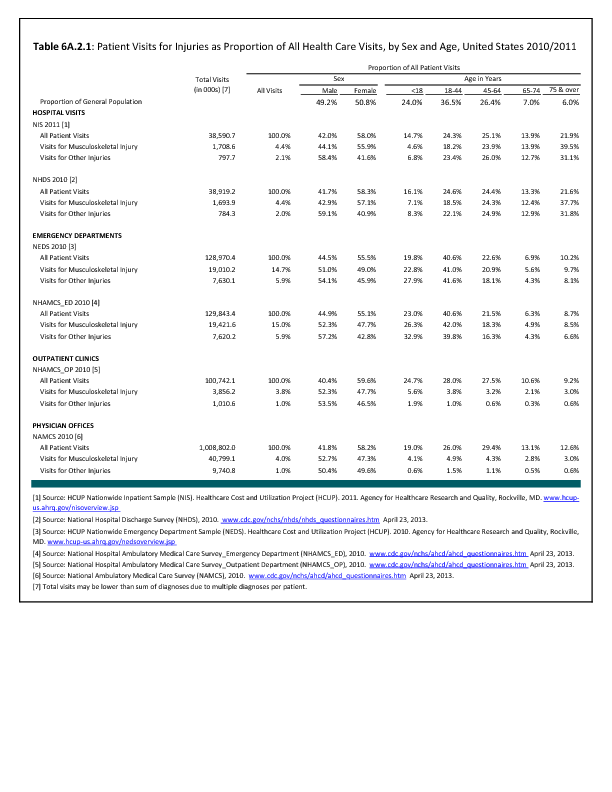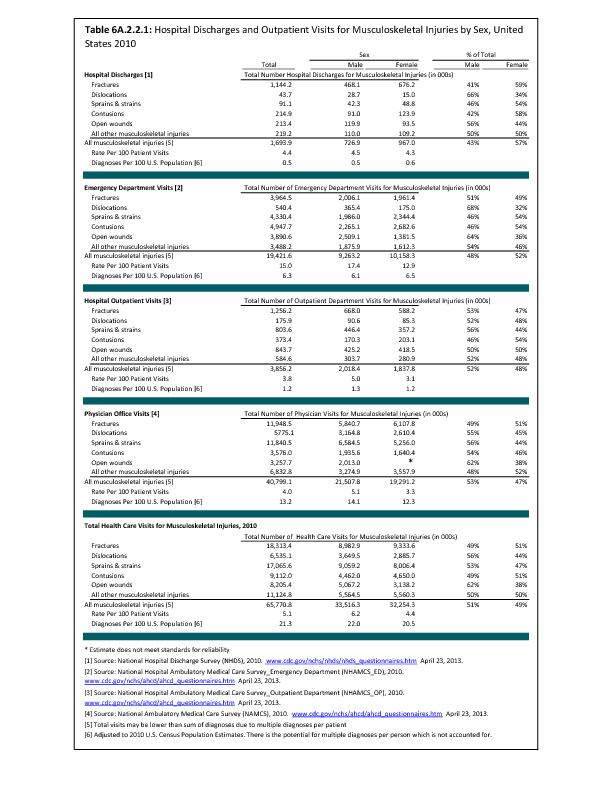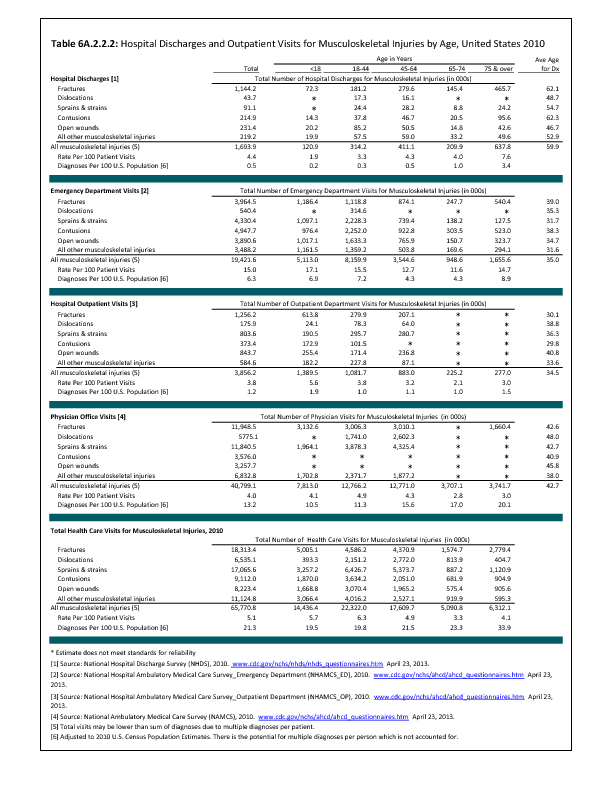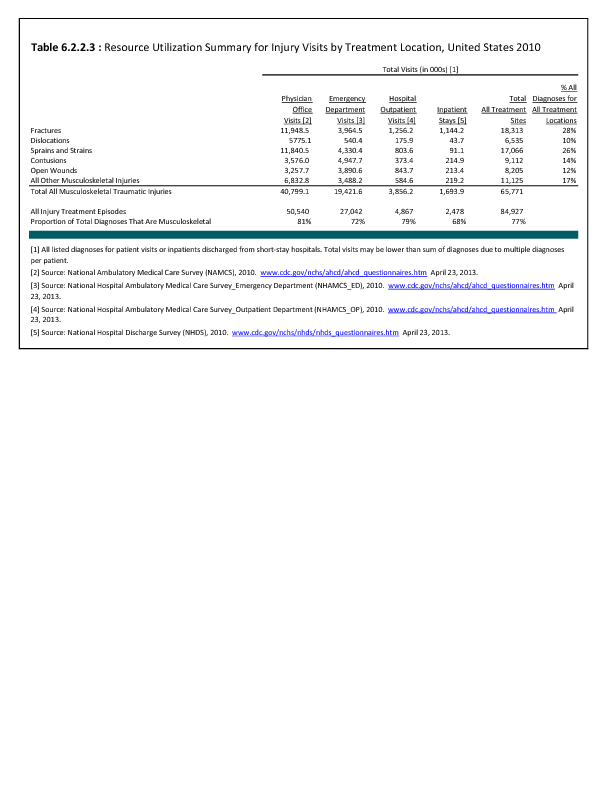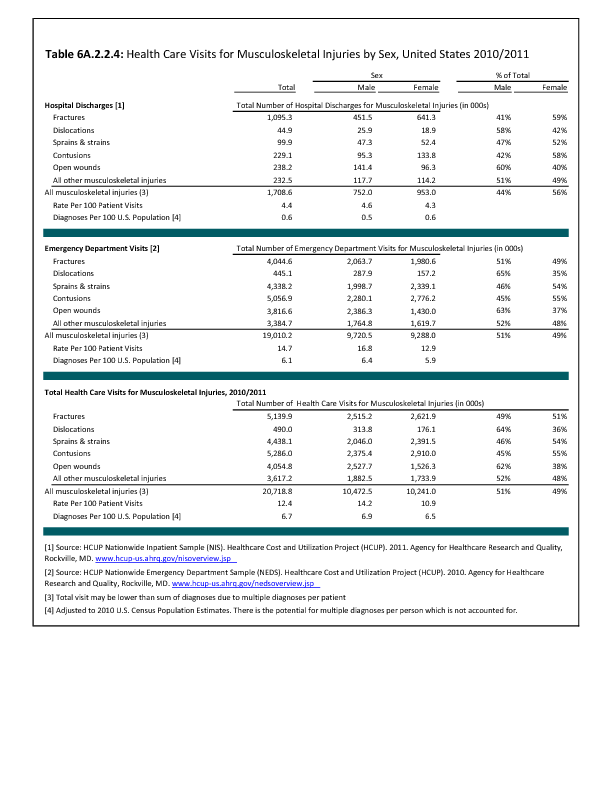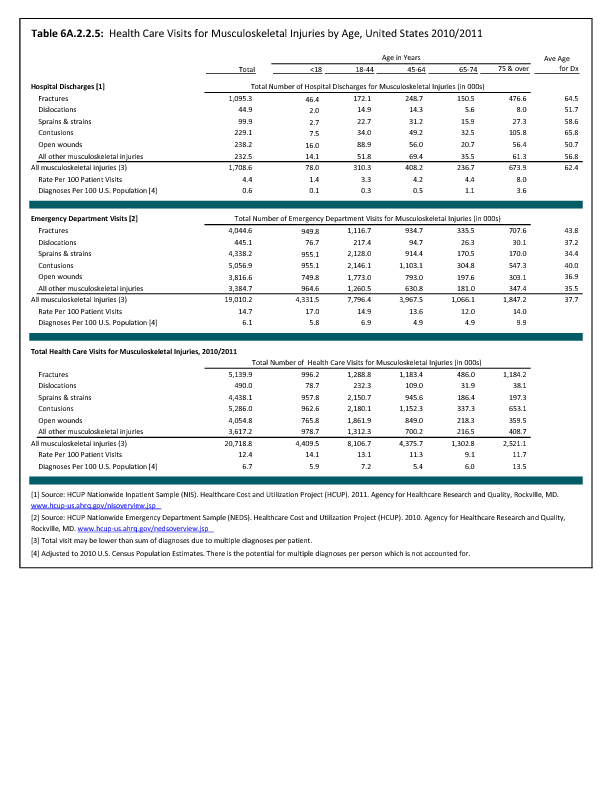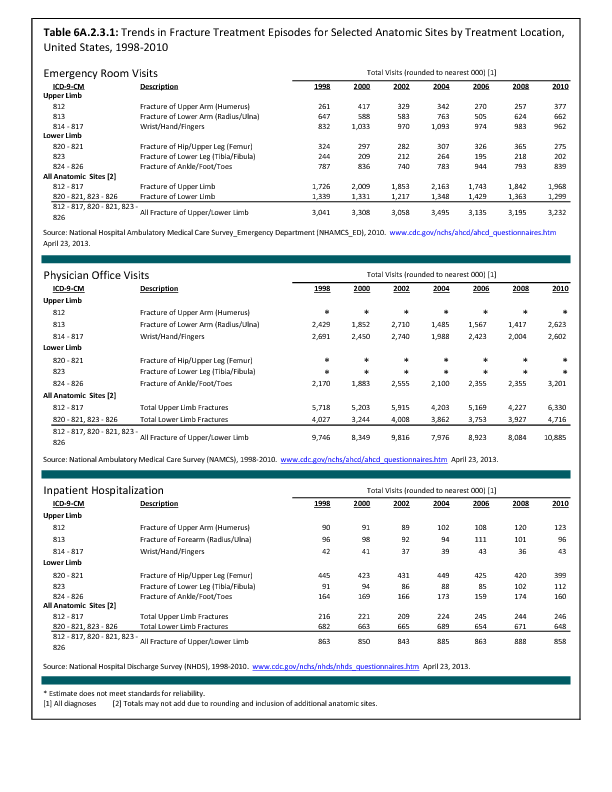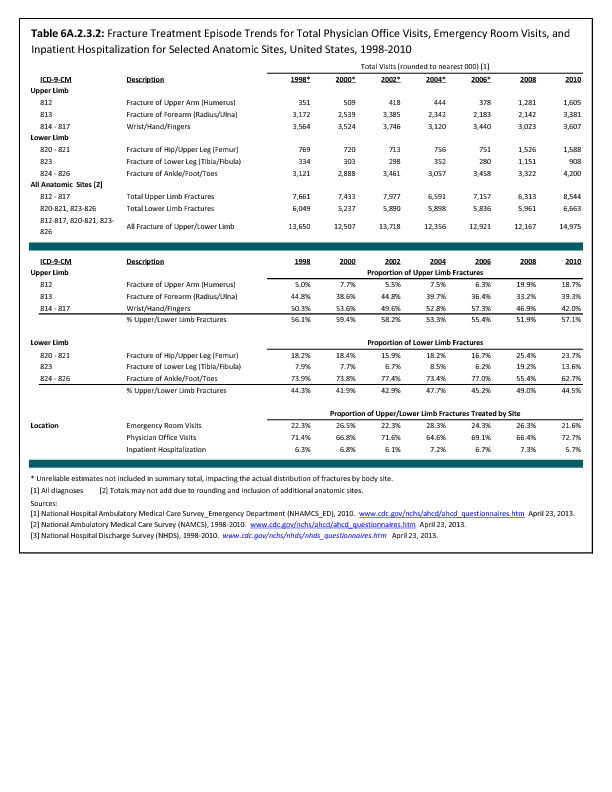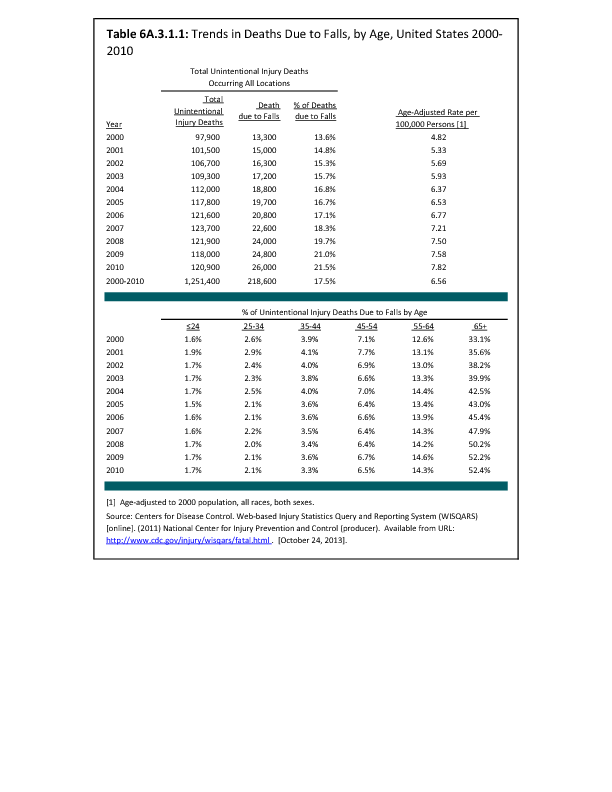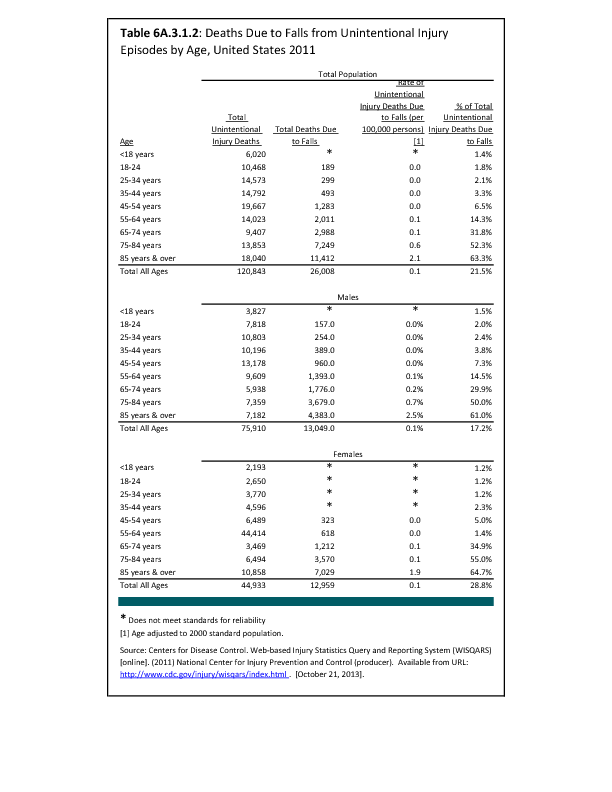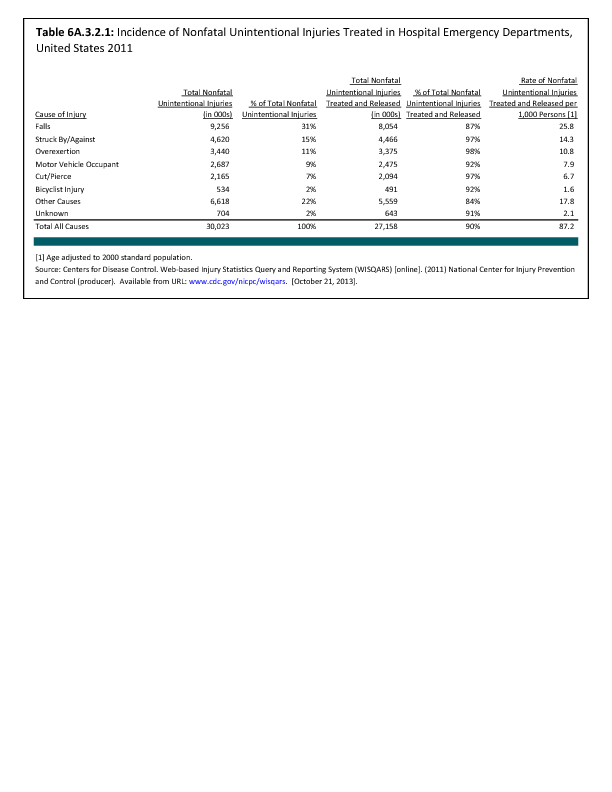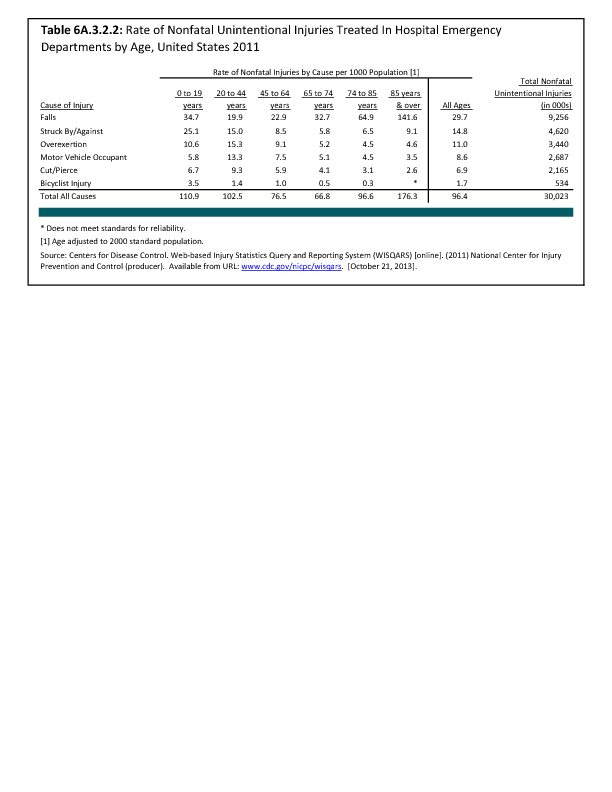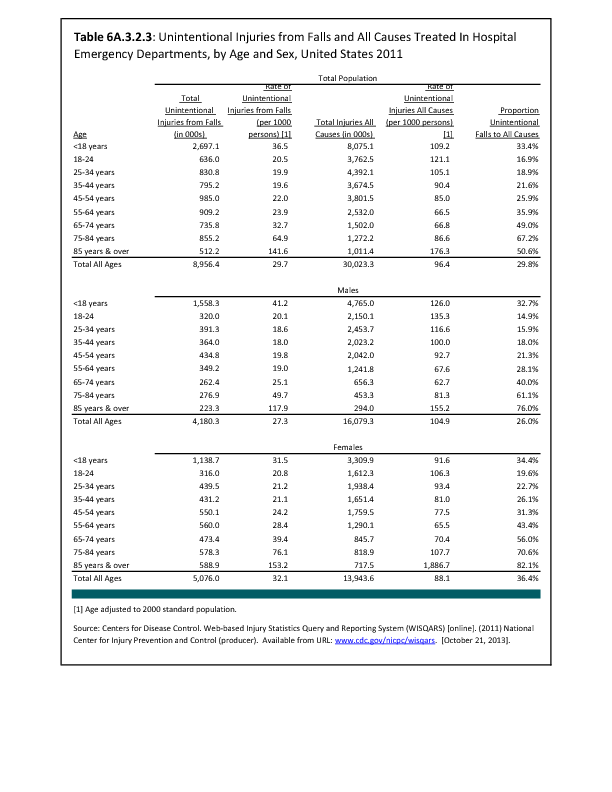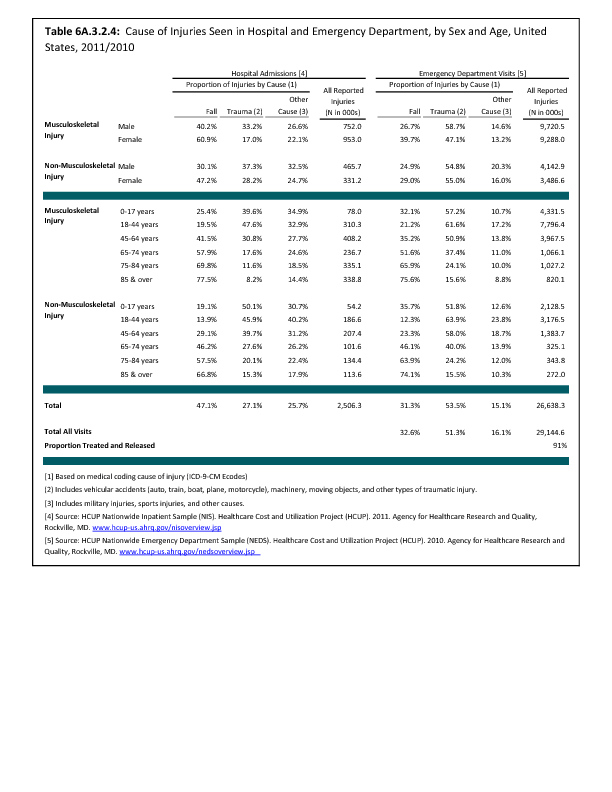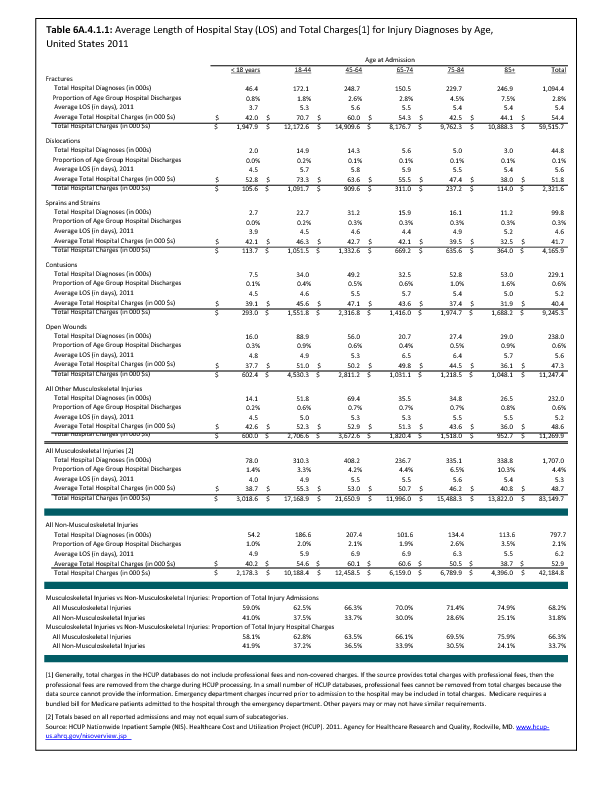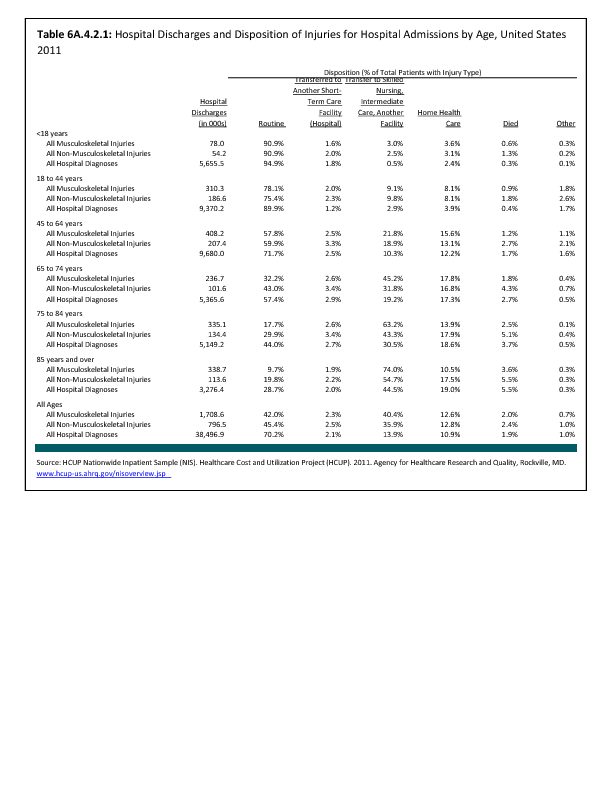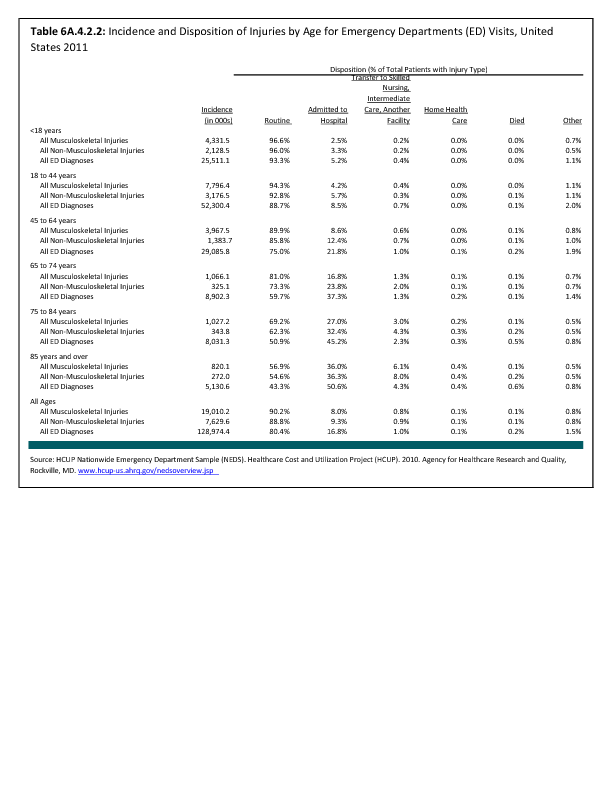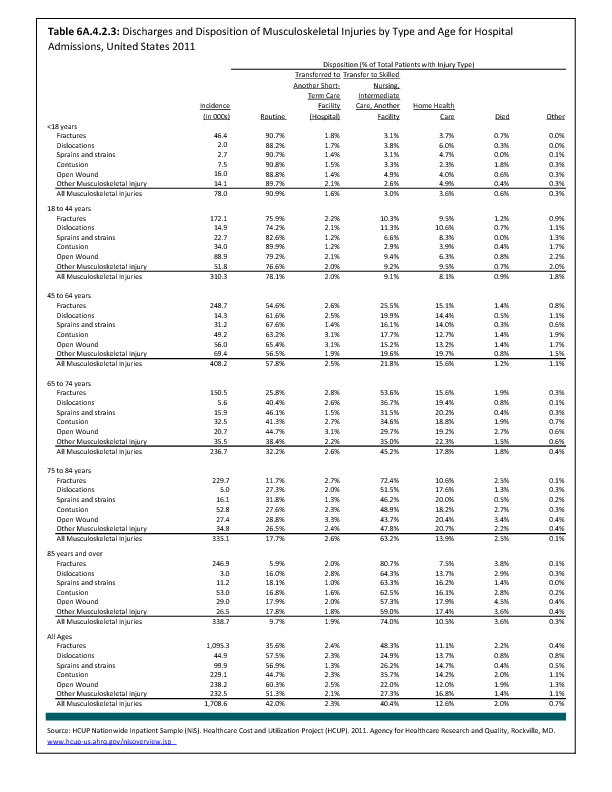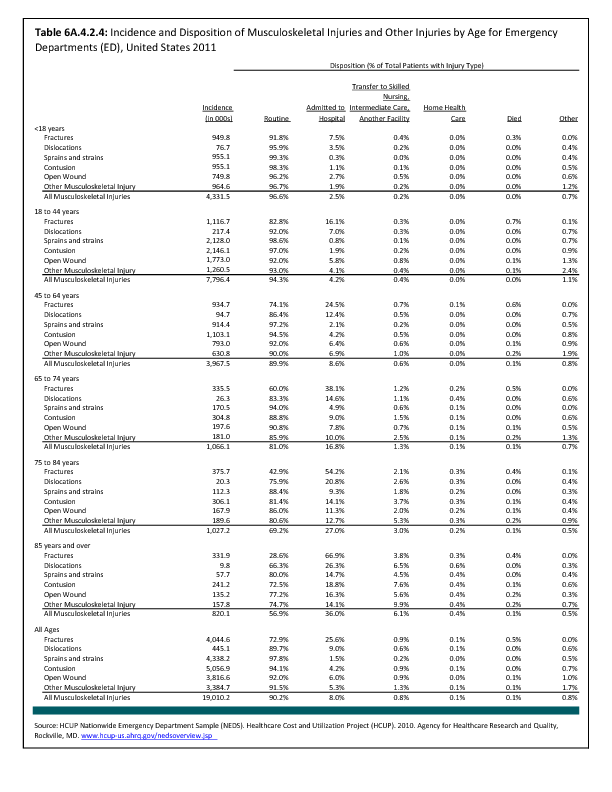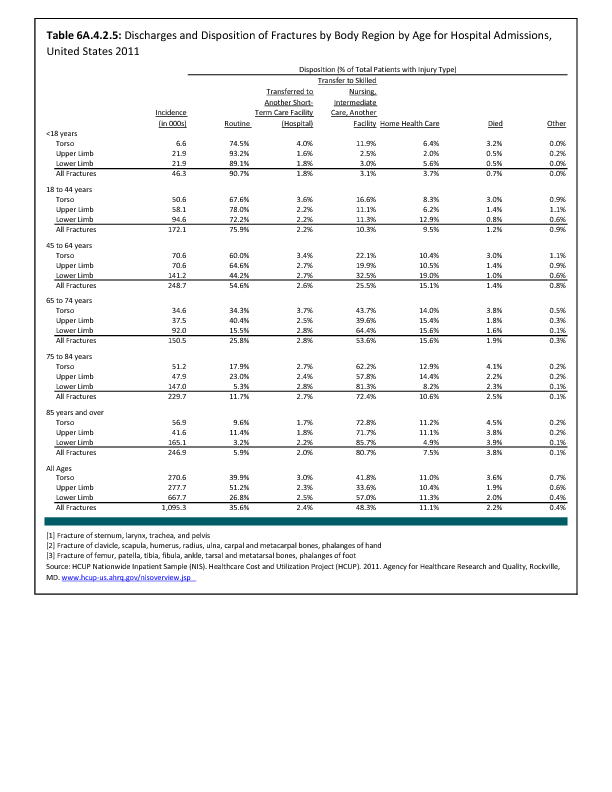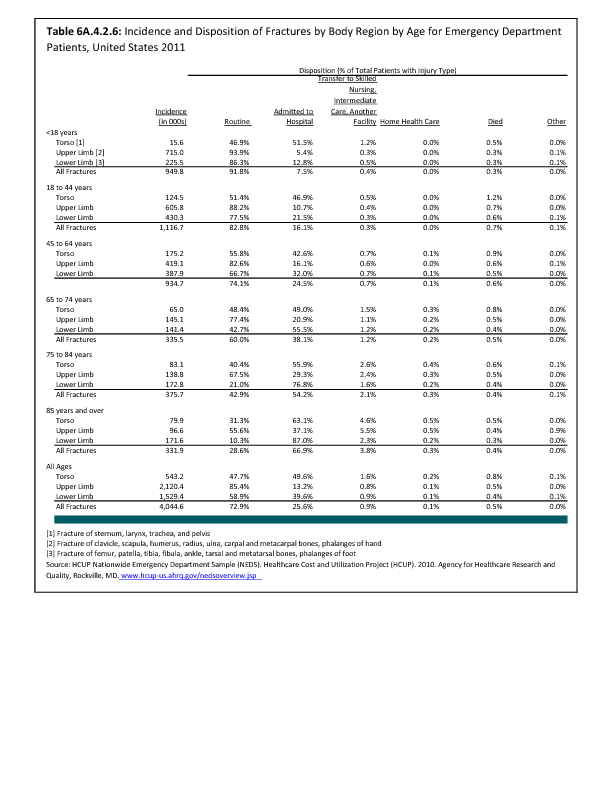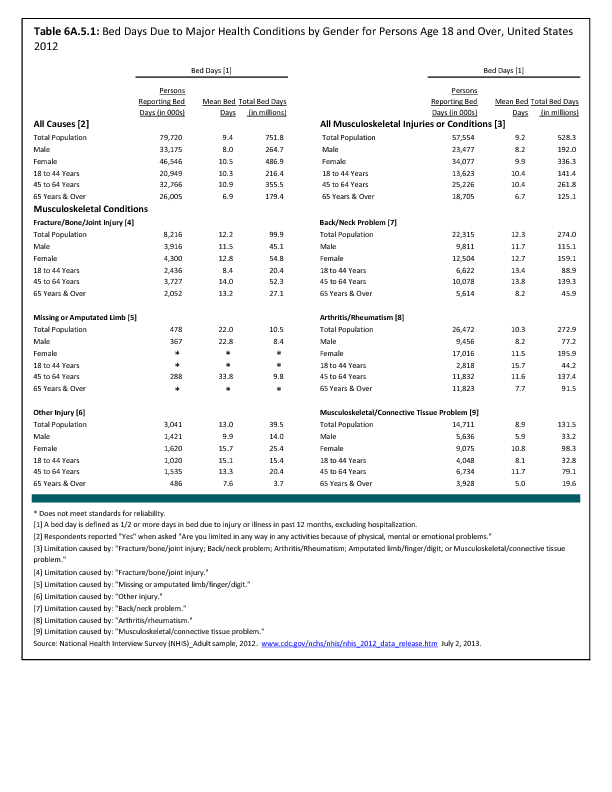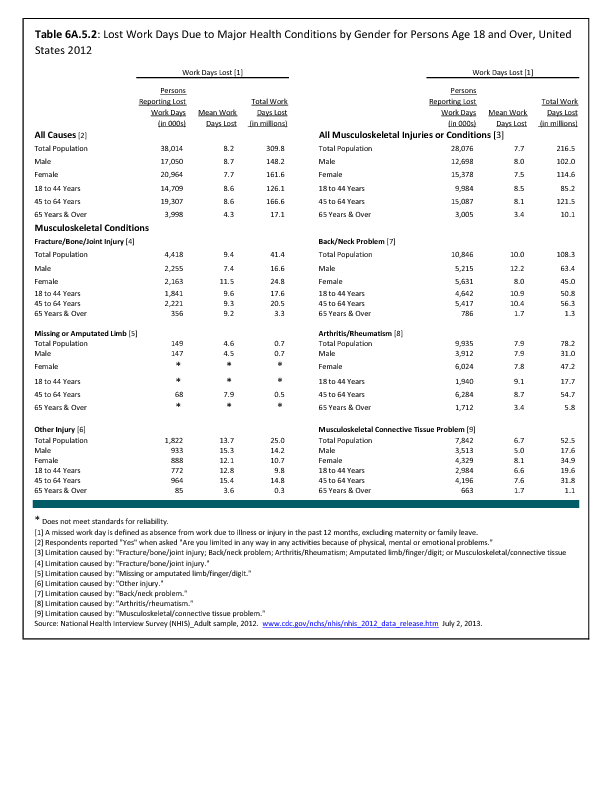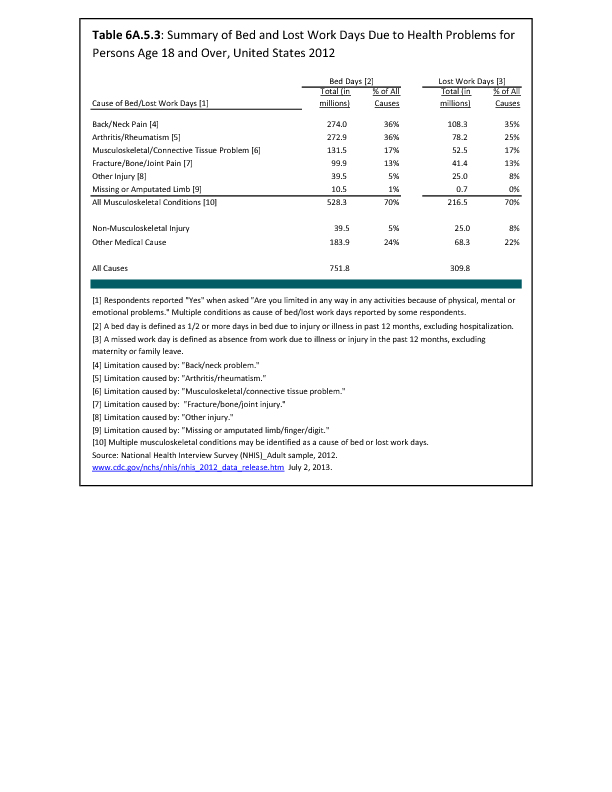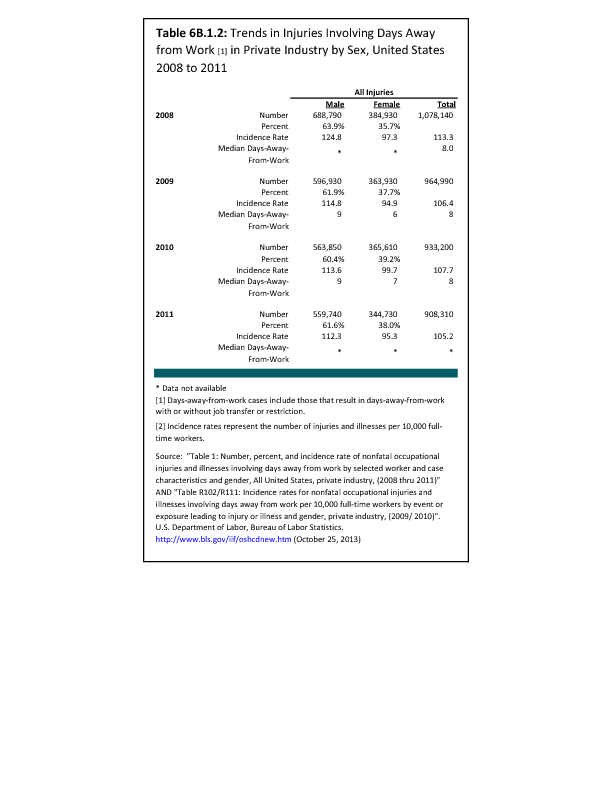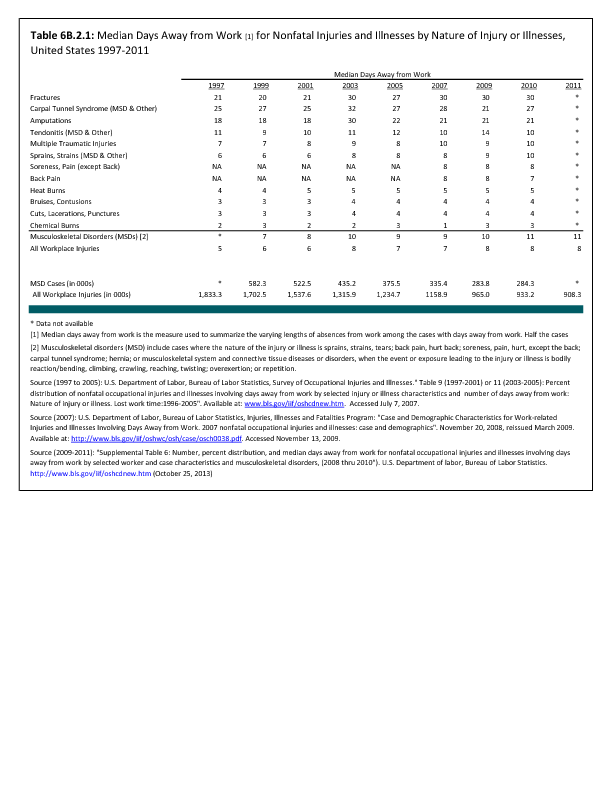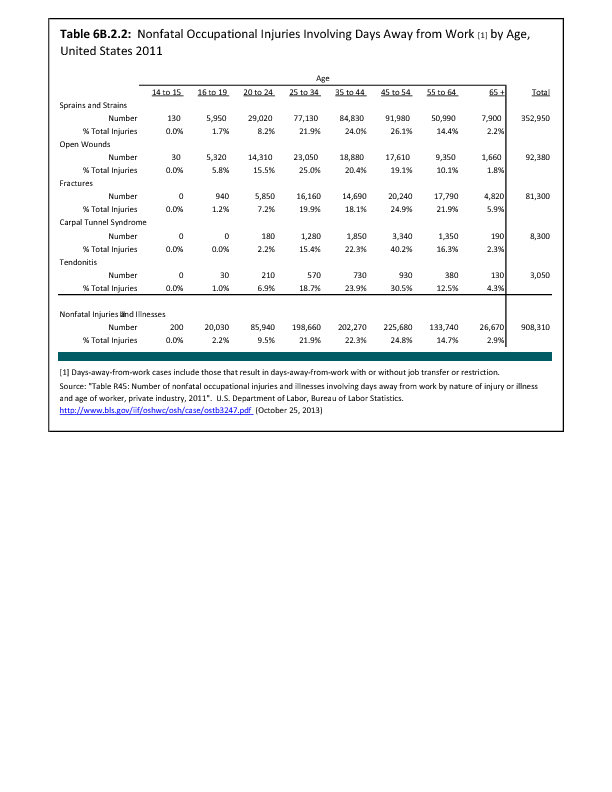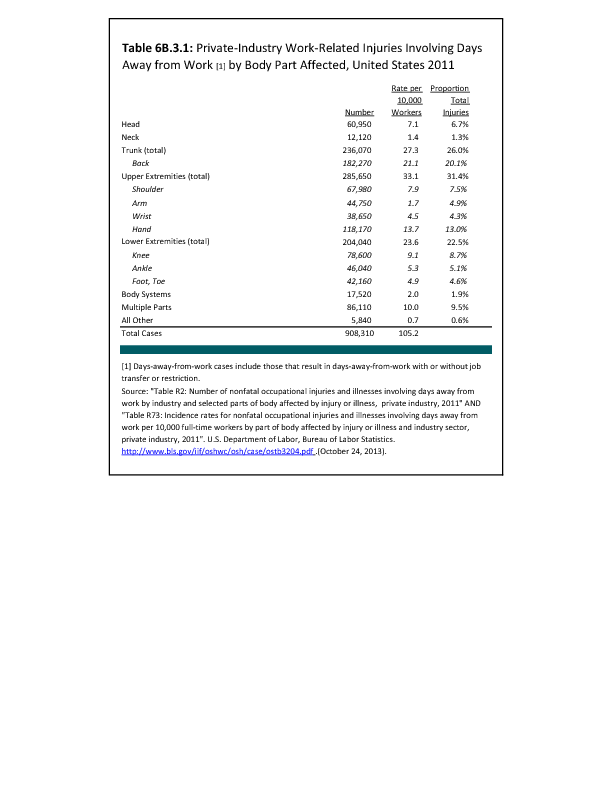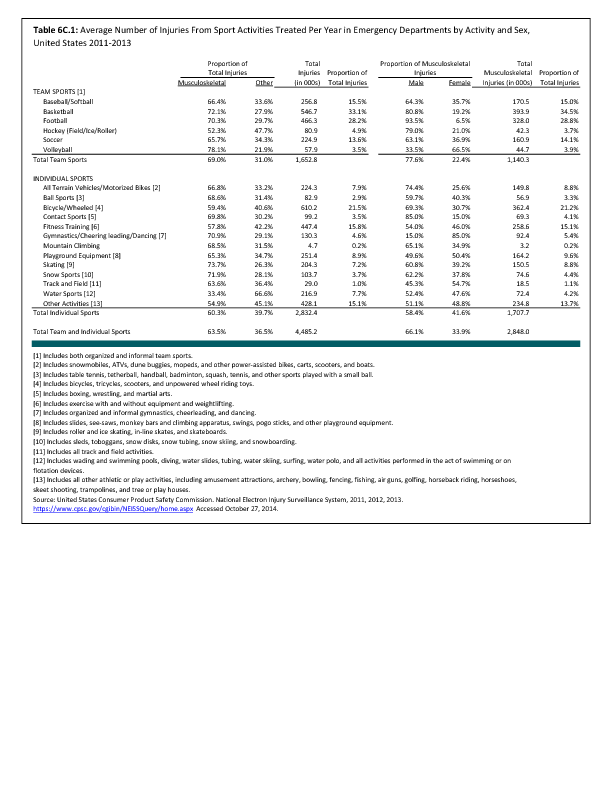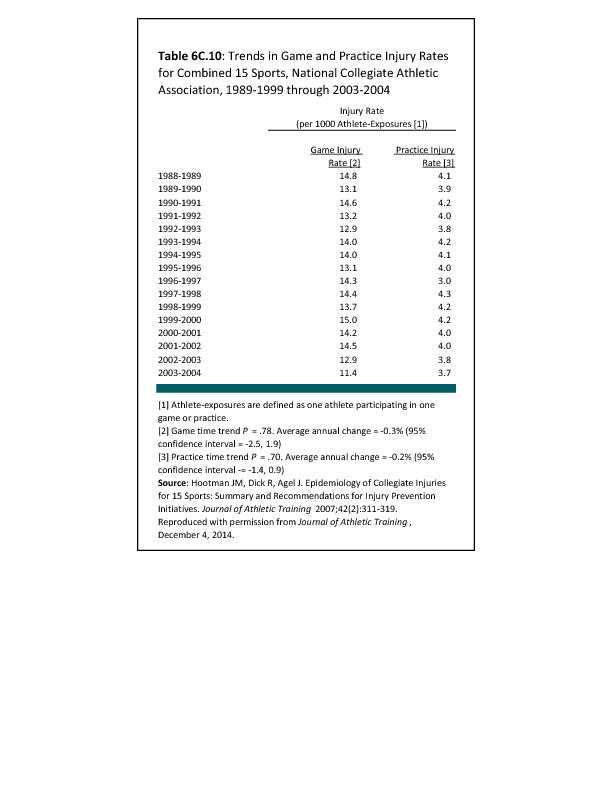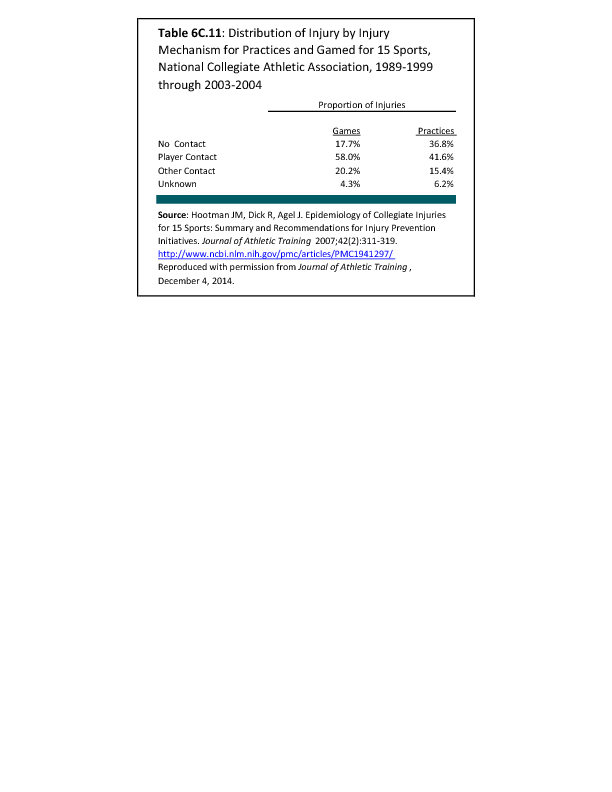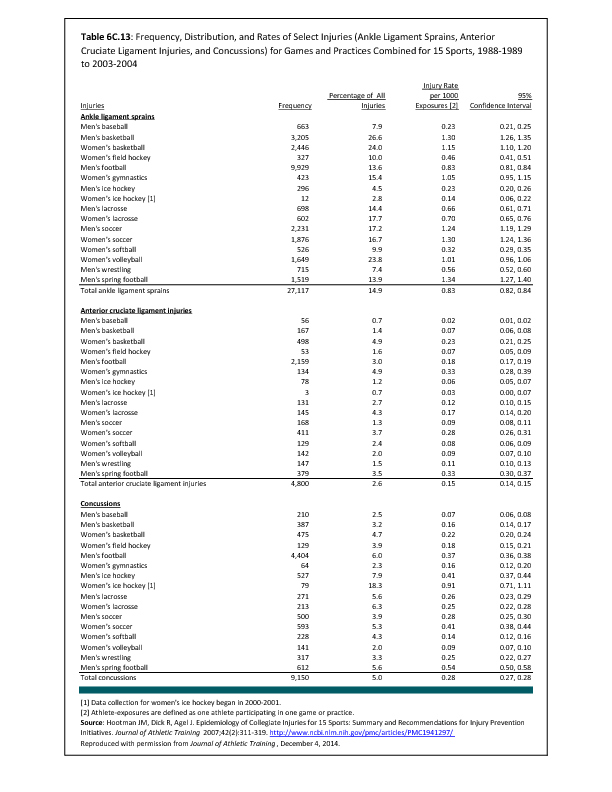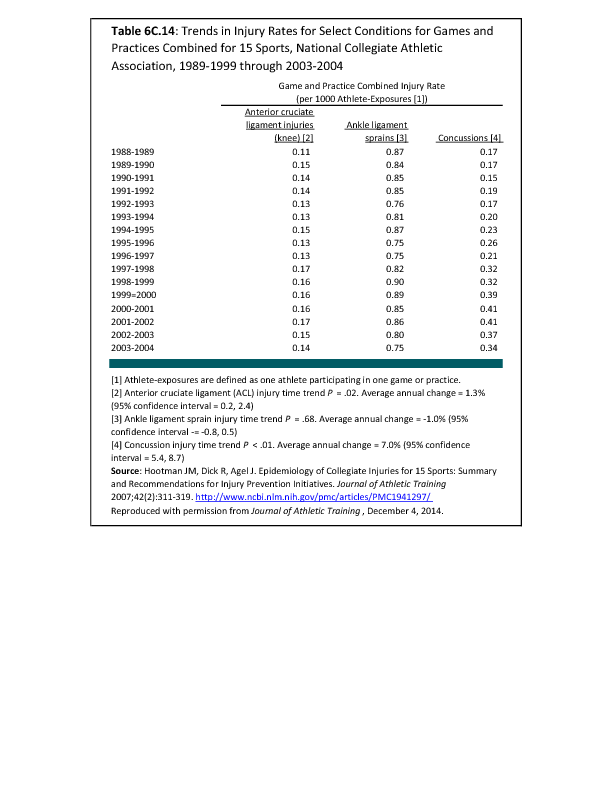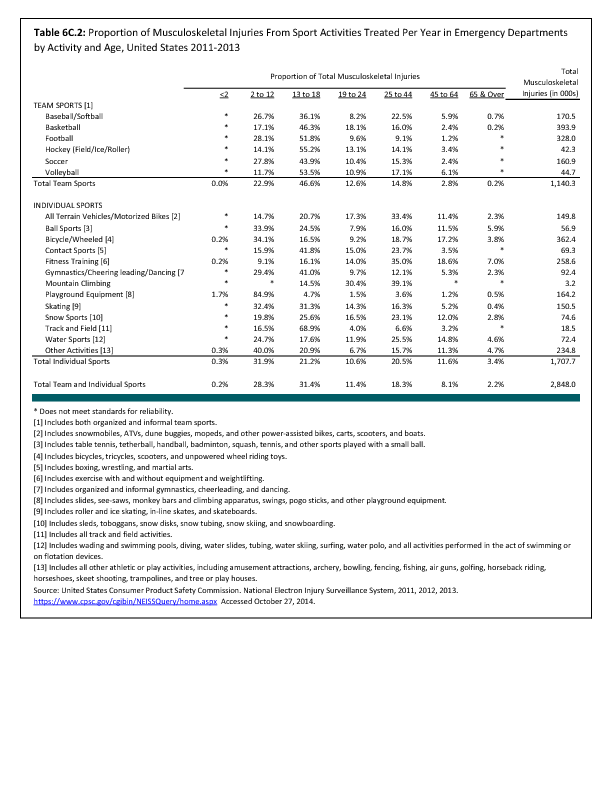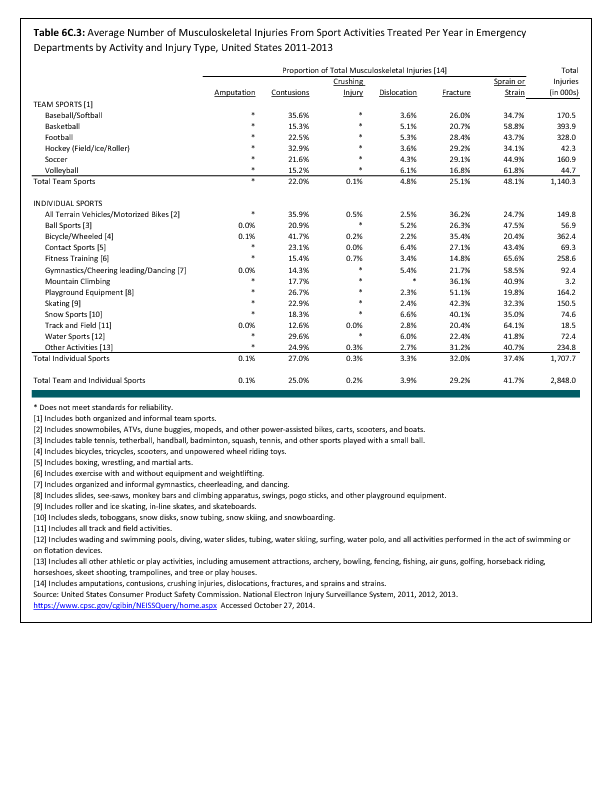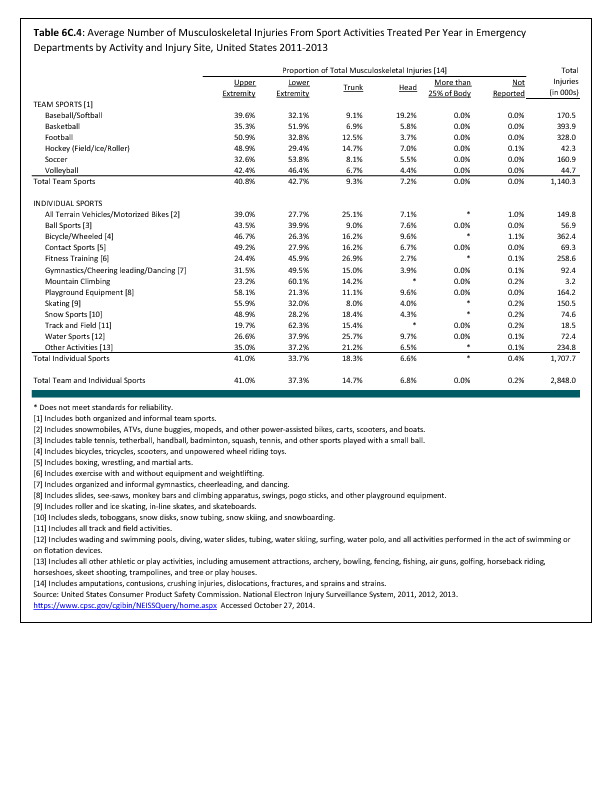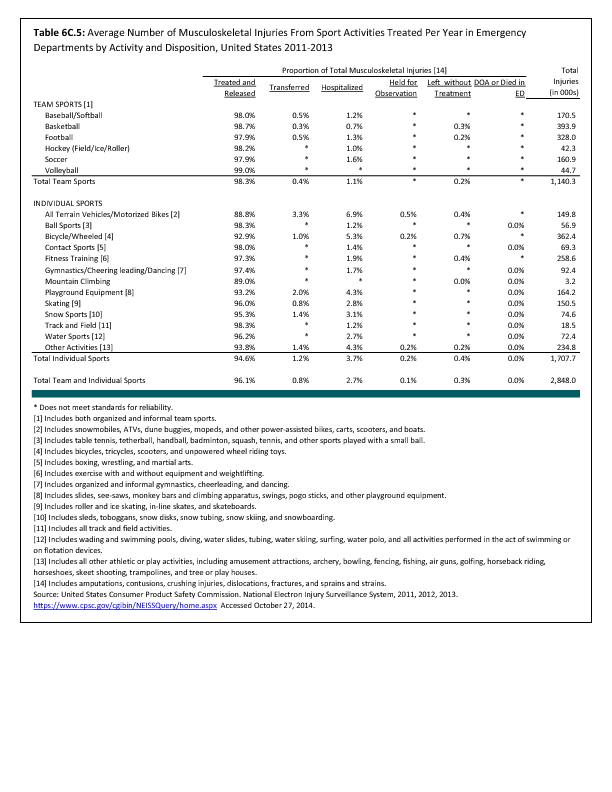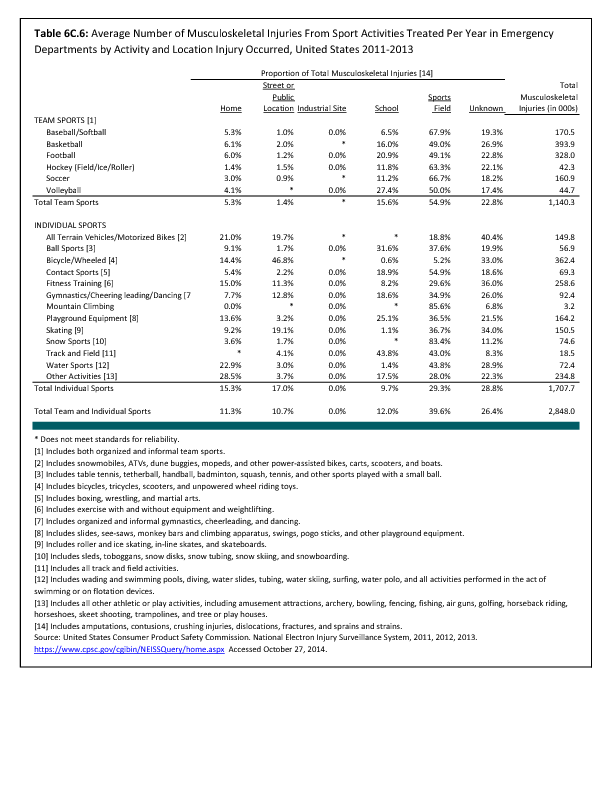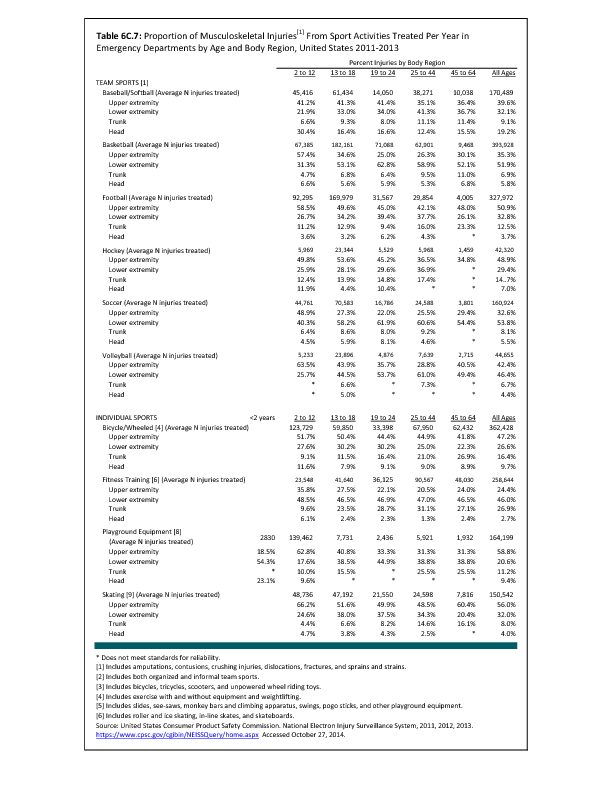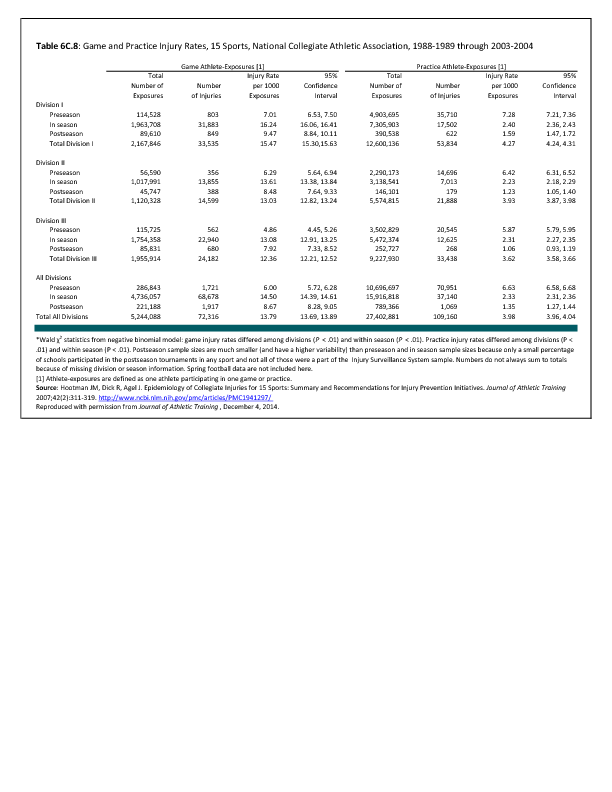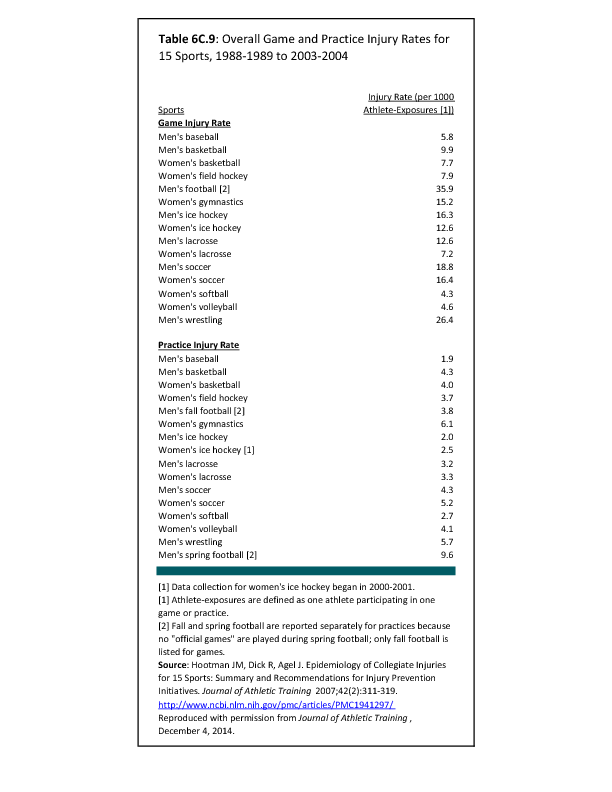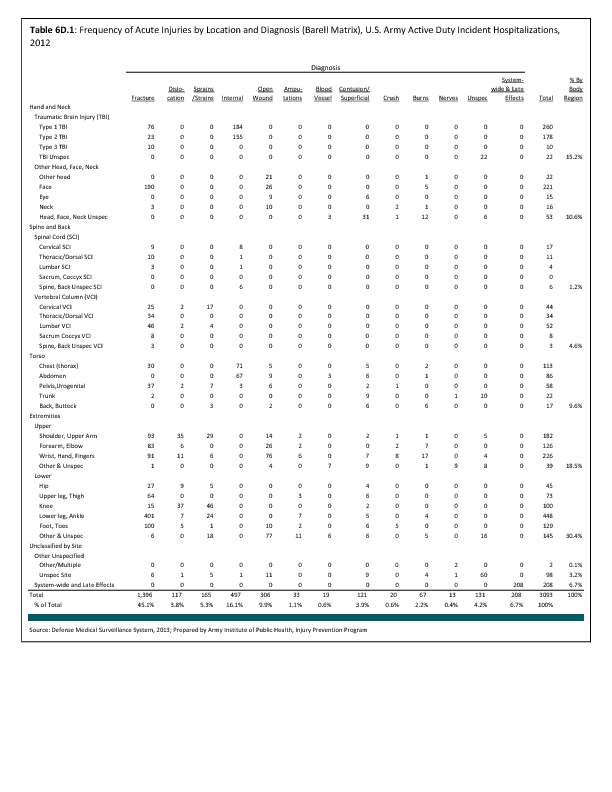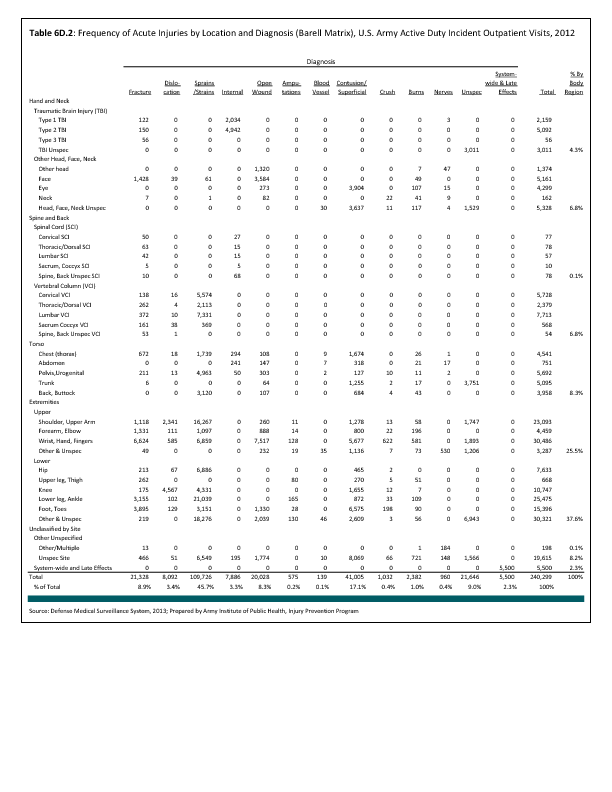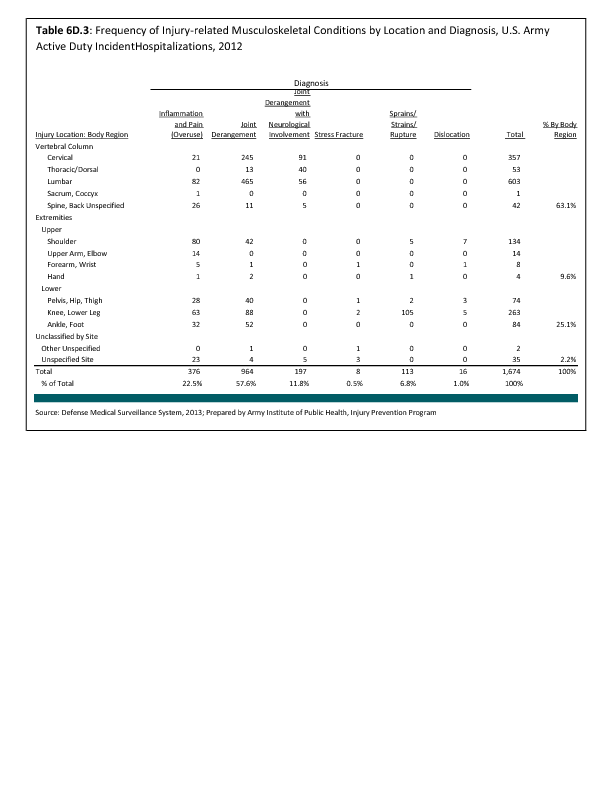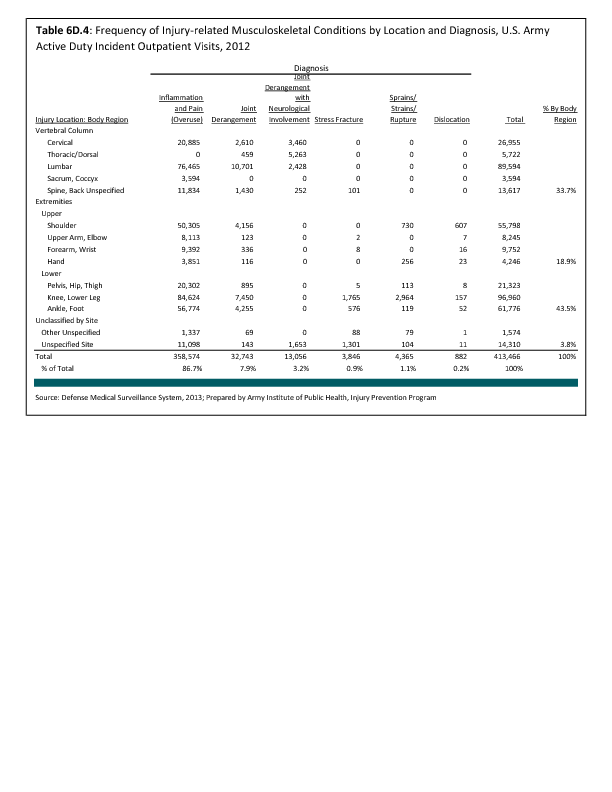The National Collegiate Athletic Association (NCAA)1 is comprised of nearly 1,100 member schools that compete in three division levels. More than 375,000 student athletes participate in NCAA sports that offer national championships annually, and this number continues to grow.2 During the 2013–2014 academic year, the number of teams competing in NCAA championship sponsored sports reached an all-time high of 19,086.
While there are numerous benefits associated with participating in collegiate athletics, there is also an increased risk of injury associated with participating in many types of sports. These injuries primarily affect the musculoskeletal system in general, and the lower and upper extremities specifically. Although awareness of risk of injury associated with participating in collegiate athletics is growing, there is little known about the long-term impact of injuries sustained while participating in collegiate athletics. Recent injury data from the NCAA Injury Surveillance System, as well as reports for specific joint injuries sustained by NCAA athletes and emerging data on the potential long-term impact of these injuries on health-related quality of life is presented.
For more than 30 years the NCAA, and since 2009 the Datalys Center, have been engaged in active injury surveillance within the unique population of college athletes. The collaborative effort between the NCAA and the National Athletic Trainers’ Association (NATA) has yielded rich injury surveillance data used to develop important rule changes to protect player safety.3 In a 2007 special issue of The Journal of Athletic Training, data from the NCAA injury surveillance system from the 1988–1989 academic year through the 2003–2004 academic year were reviewed for 15 collegiate sports.4 With permission from the publisher, data from this study is included in this site. To read the full article, click here.
The 15 sports examined included five fall sports (men’s football, women’s field hockey, men’s soccer, women’s soccer, and women’s volleyball), six winter sports (men’s basketball, women’s basketball, women’s gymnastics, men’s gymnastics, men’s ice hockey, and men’s wrestling), and five spring sports (men’s baseball, men’s football, women’s softball, men’s lacrosse, and women’s lacrosse). Data for men’s spring football were only included in the analysis of practice injuries. These data provide insight into the burden of musculoskeletal injury experienced by collegiate athletes.
Hootman et al4 provided an overall summary of the NCAA data from the years 1988–1989 through 2003–2004, and made recommendations for injury prevention initiatives. Some of these data are highlighted in this section. CDC, which estimates 2.6 million children ages 0 through 19 years are treated in EDs each year for sports- and recreation-related injuries5, provides tips on how to prevent sports-related injuries in their Protect the Ones You Love Initiative.
- 1. The National Collegiate Athletic Association (NCAA) is a nonprofit association that regulates athletes of more than 1,200 institutions, conferences, organizations, and individuals that organize athletic programs of many colleges and universities in the United States and Canada. Athletic programs are divided into three levels or divisions. Division I is the highest level of intercollegiate athletics sanctioned NCAA in the United States. Division I schools include the major collegiate athletic powers, with larger budgets, more elaborate facilities, and more athletic scholarships than Divisions II and III as well as many smaller schools committed to the highest level of intercollegiate competition. Division II is an intermediate-level division of competition in the NCAA. It offers an alternative to both the highly competitive, and highly expensive, level of intercollegiate sports offered in NCAA Division I and to the no-athletic-scholarship environment offered in Division III. Division III consists of colleges and universities that choose not to offer athletically related financial aid to their student athletes.
- 2. Dick R, Agel J, Marshall SW: National Collegiate Athletic Association Injury Surveillance System commentaries: Introduction and methods. J Athl Train 2007 Apr-Jun;42(2):173-182.
- 3. Hootman JM: Celebrating 25 years of making sports safer. J Athl Train 2007;42(2):170.
- 4. a. b. Hootman JM, Dick R, Agel J: Epidemiology of collegiate injuries for 15 sports: Summary and recommendations for injury prevention initiatives. J Athl Train 2007 Apr-Jun;42(2):311-319.
- 5. Centers for Disease Control and Prevention: Protect the Ones You Love: Child Injuries are Preventable. Accessed at: http://www.cdc.gov/safechild/index.html Accessed December 5, 2013.
Edition:
- 2014

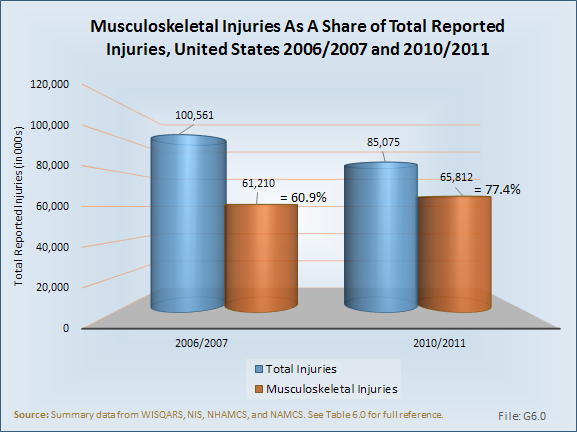
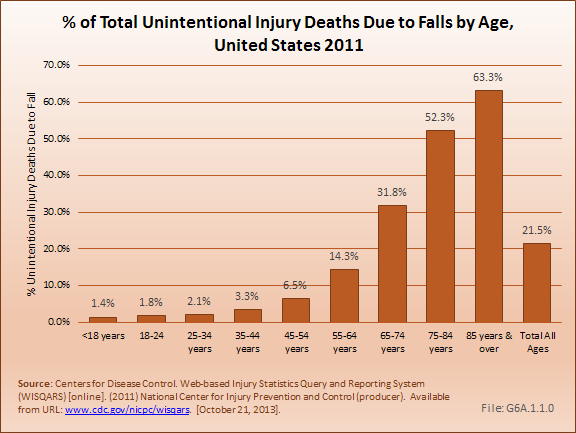
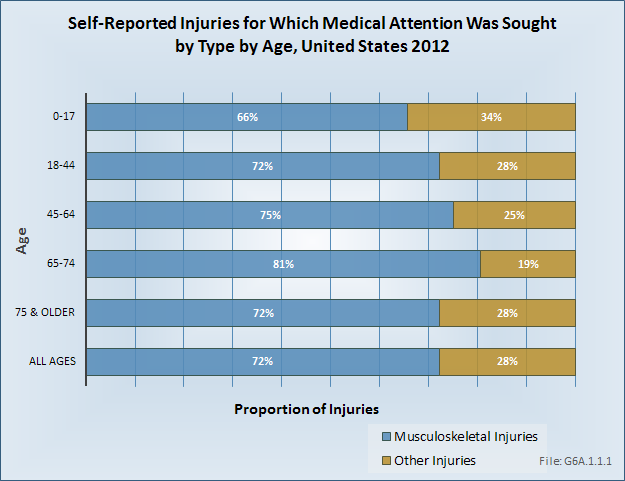
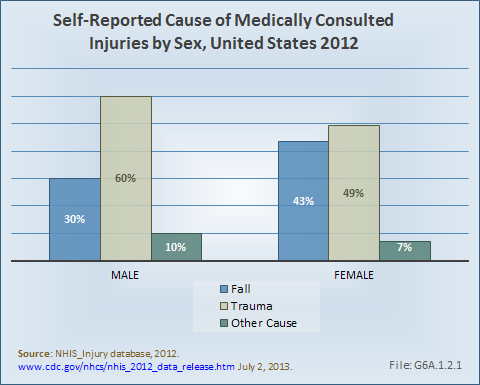
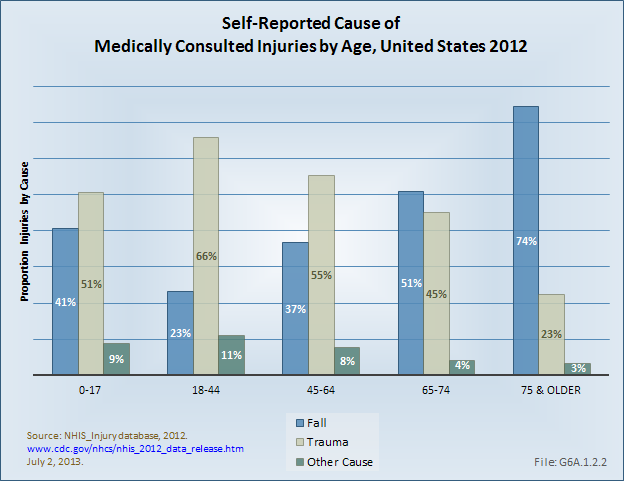
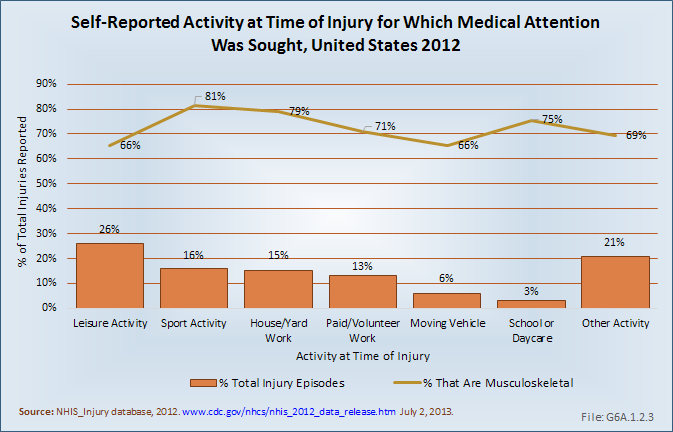
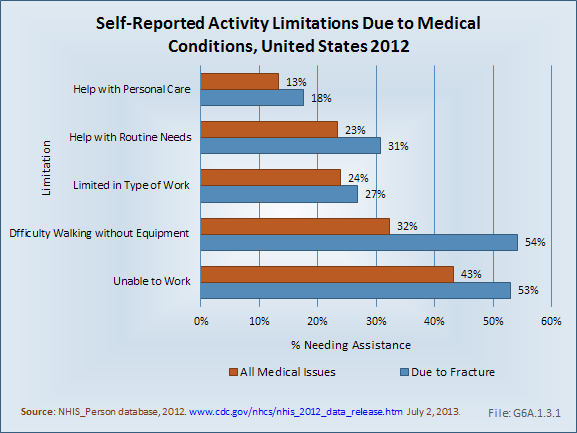

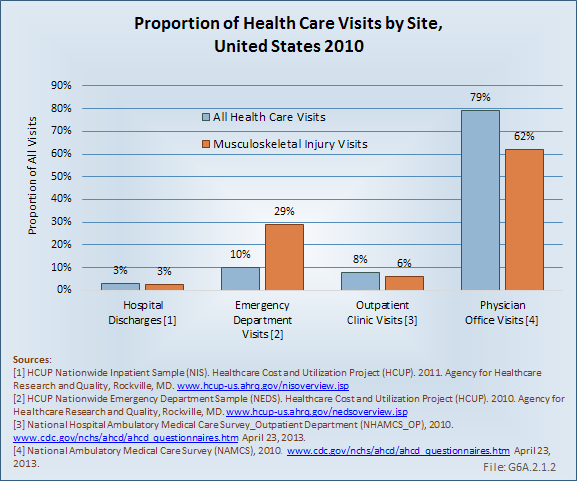
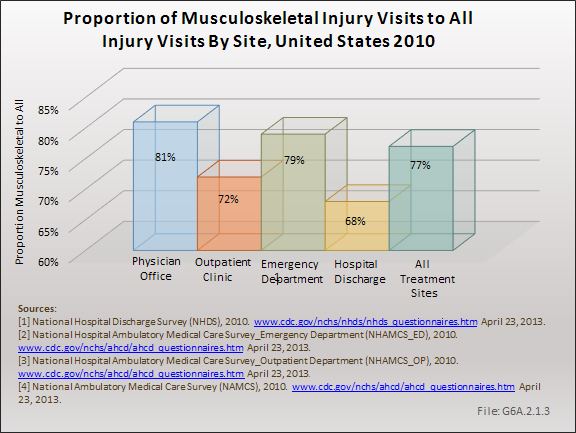

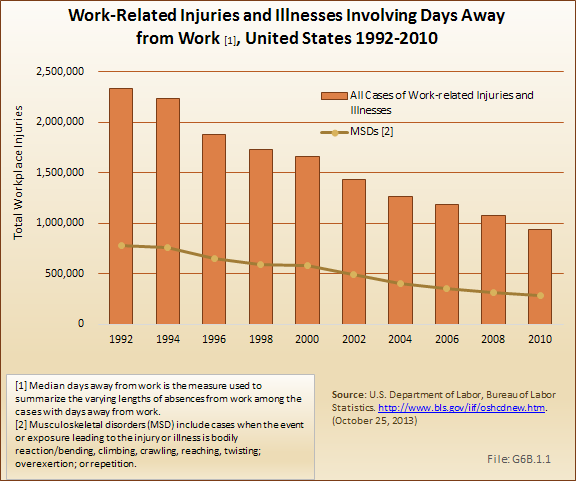
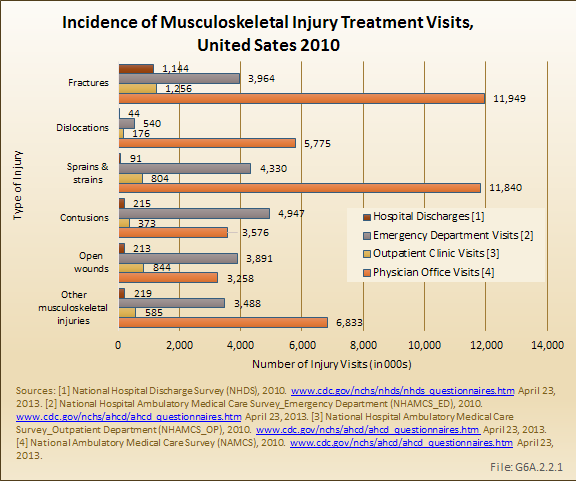
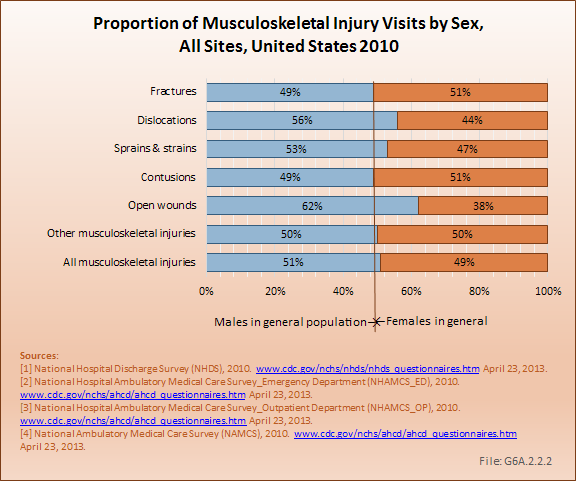
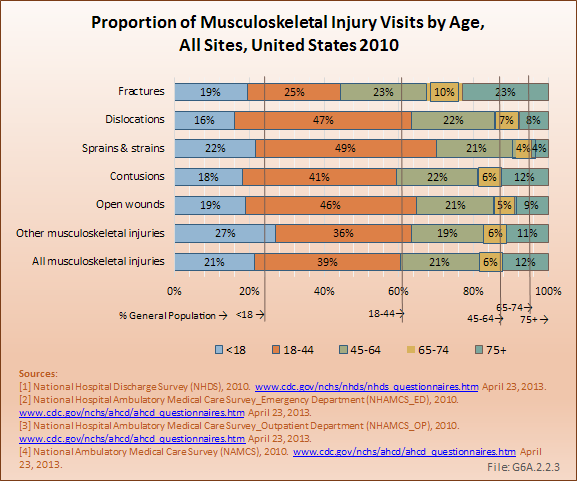
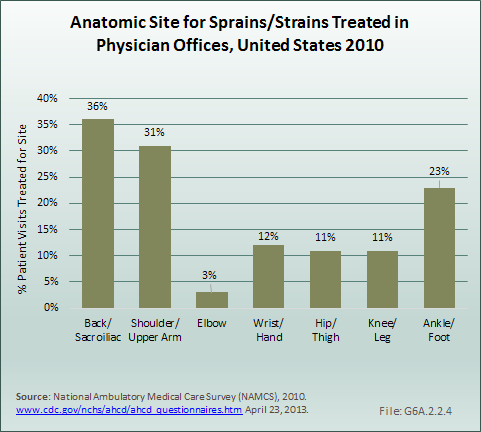
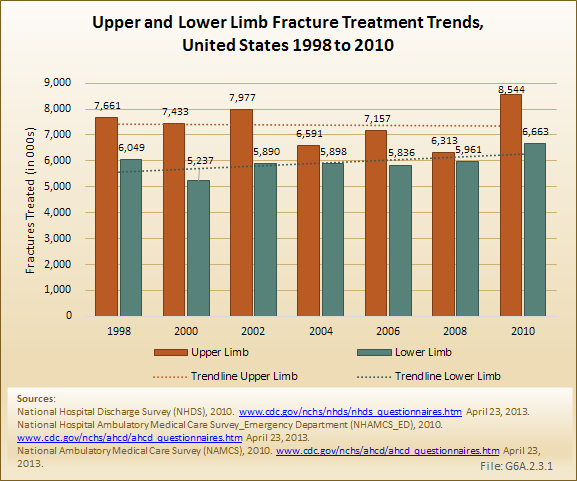
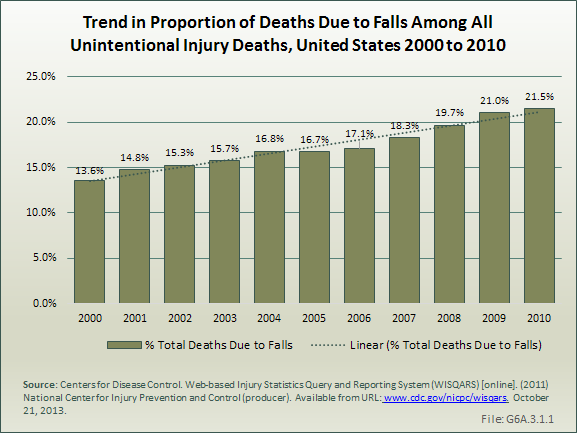
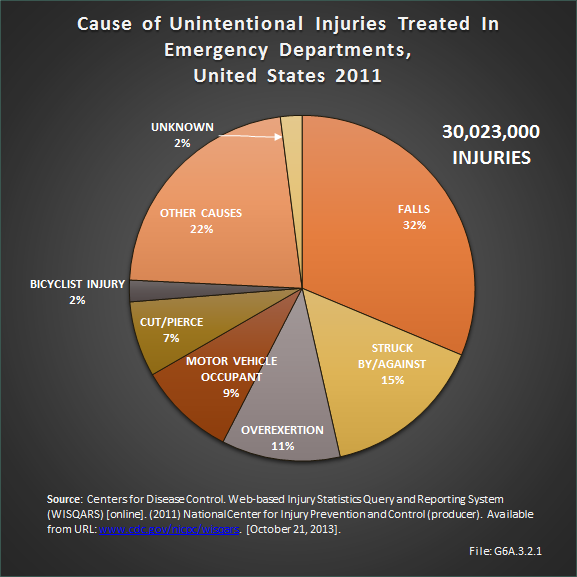
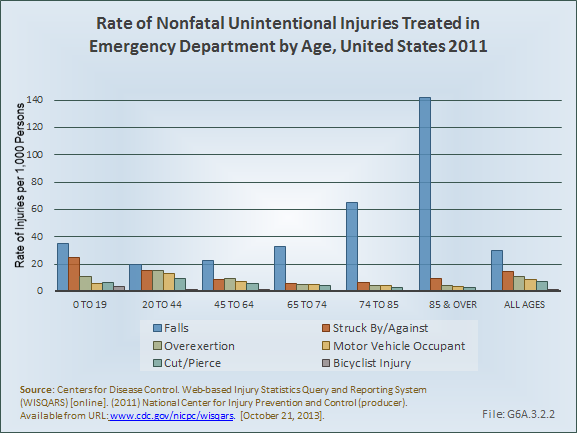
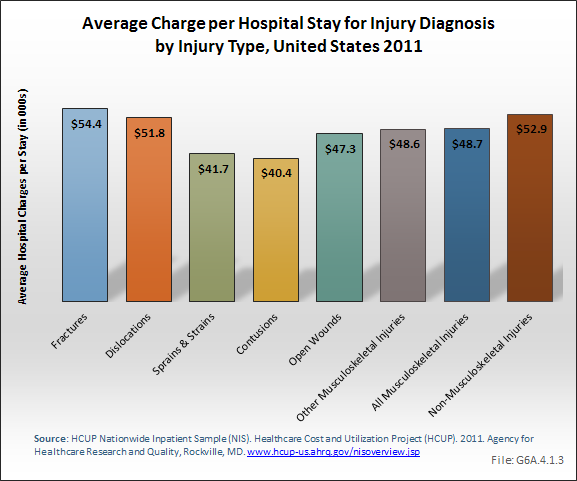
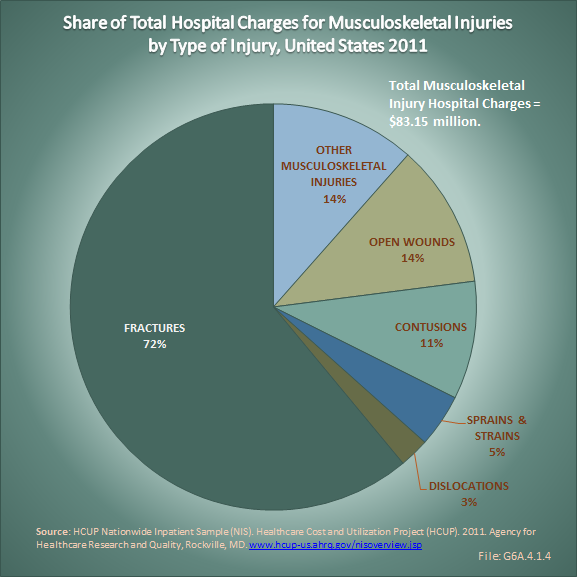
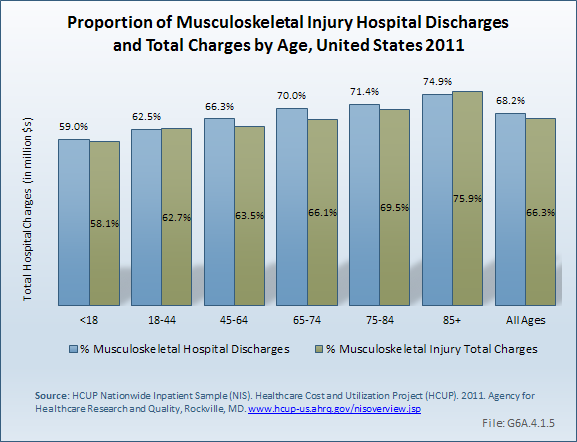
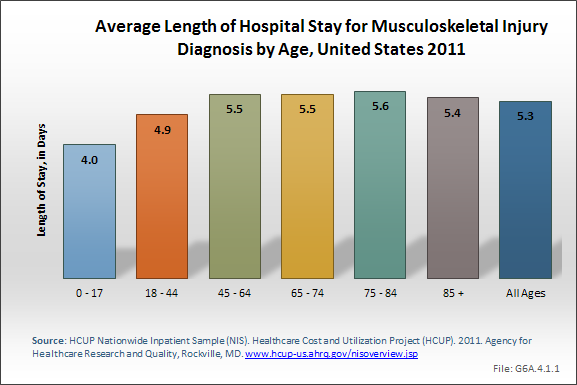
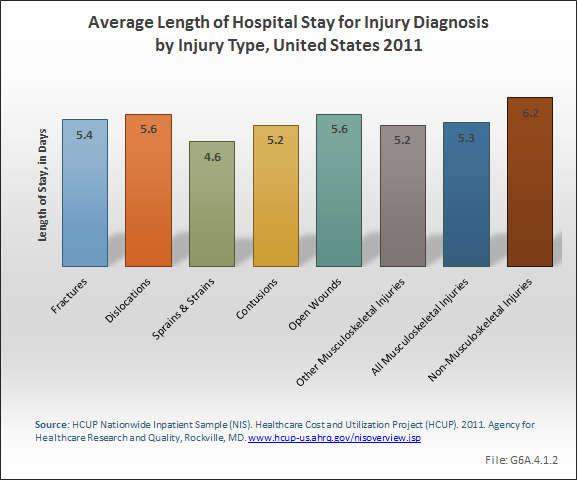

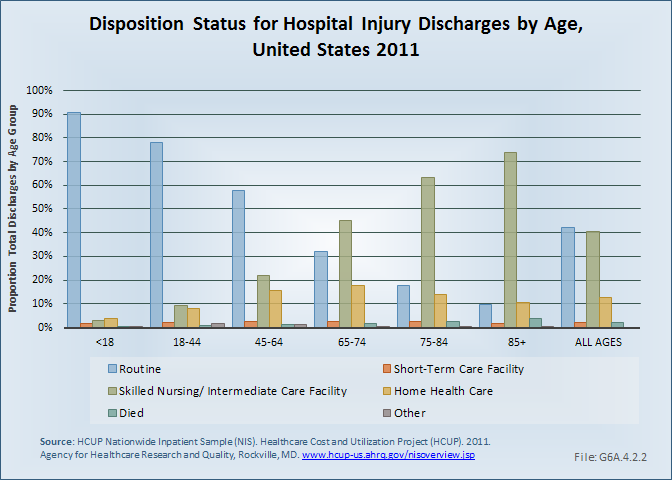
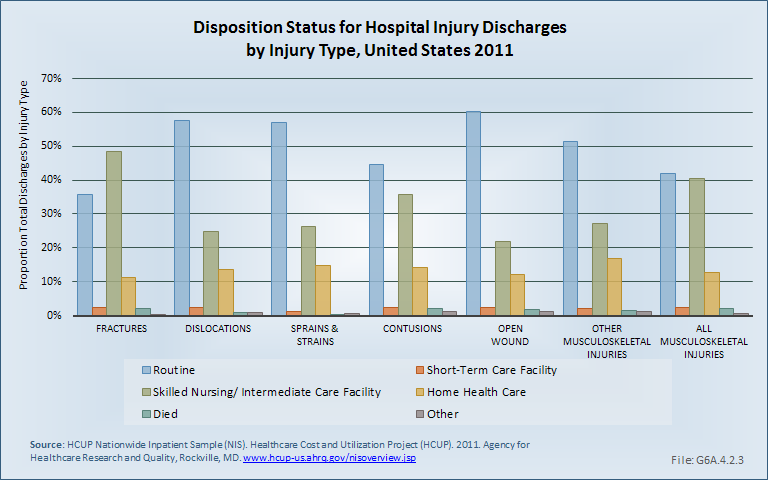
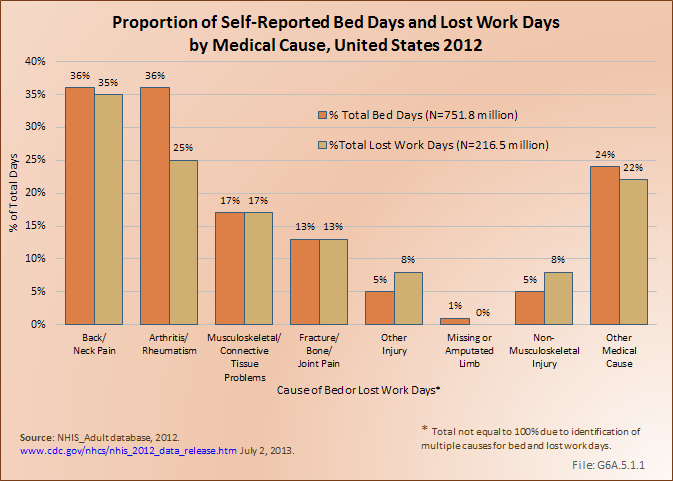
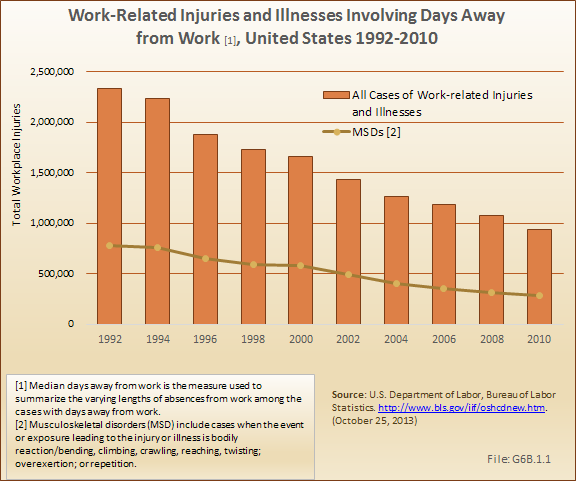
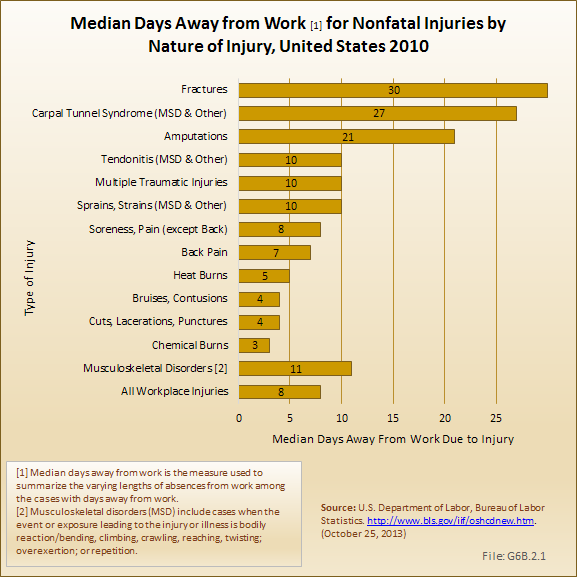
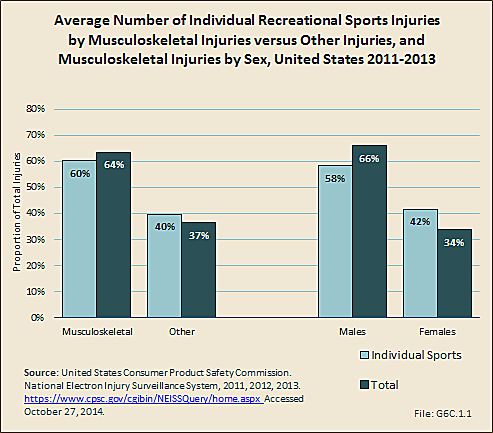
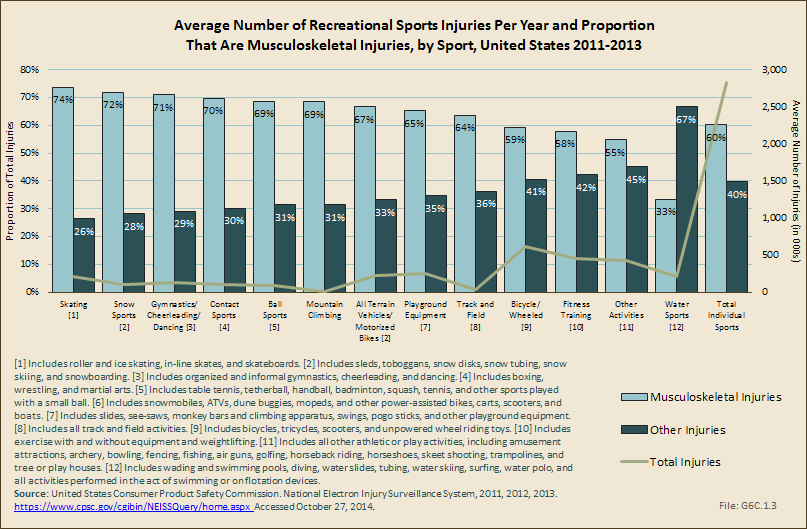
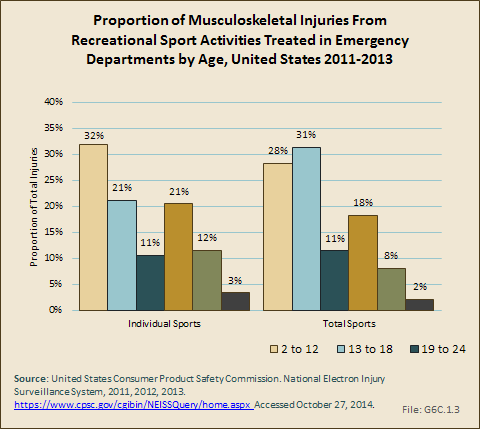
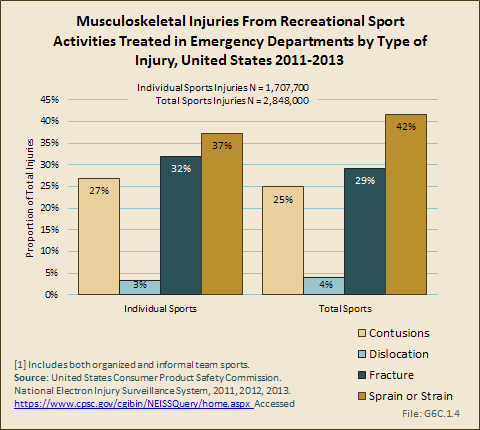
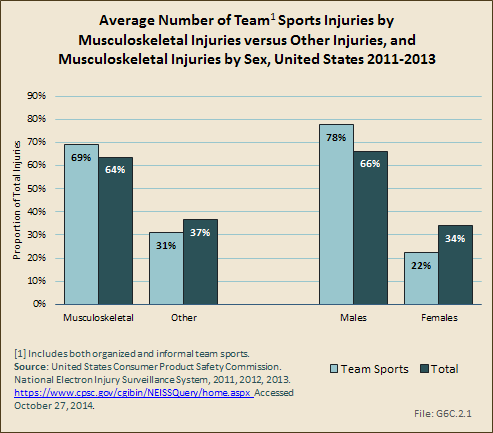
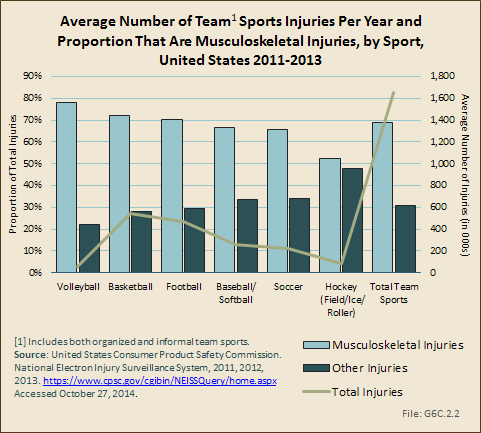
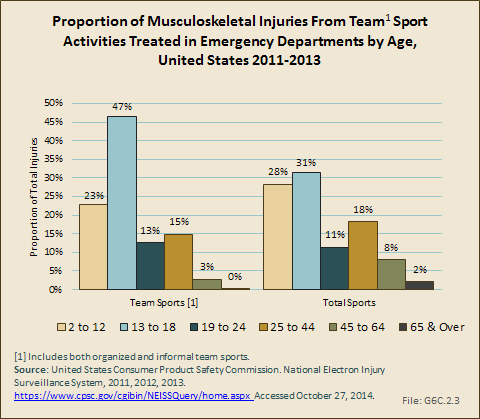
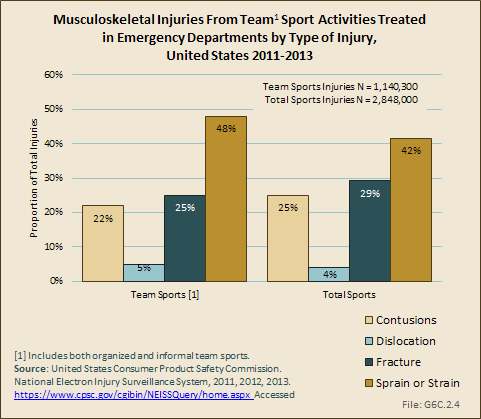
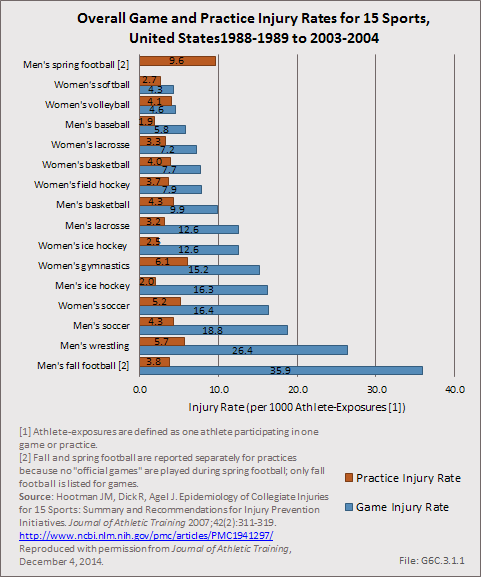
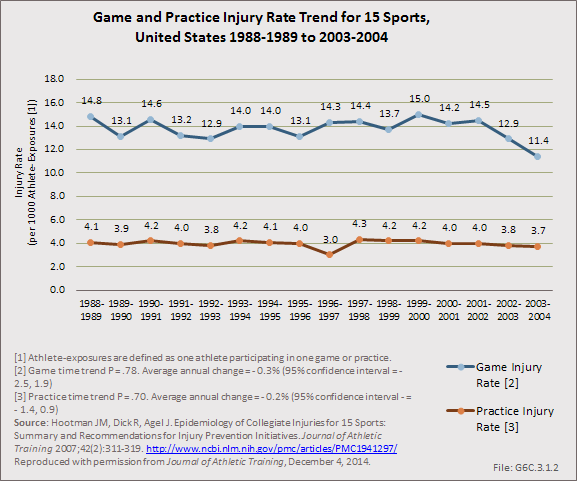
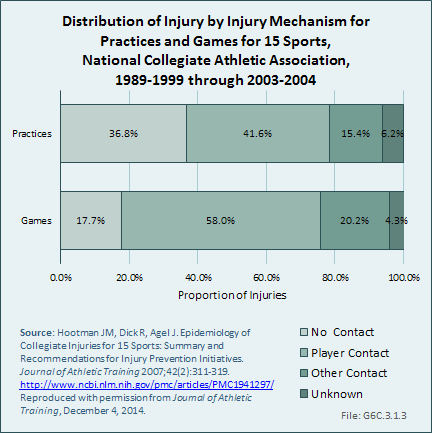
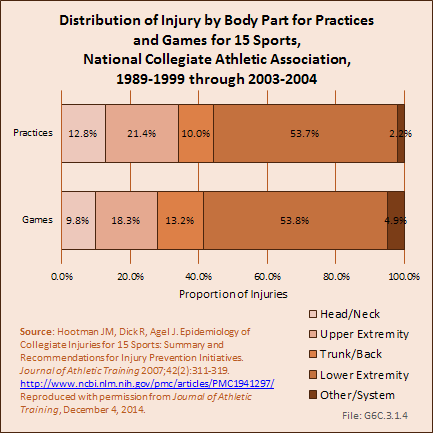
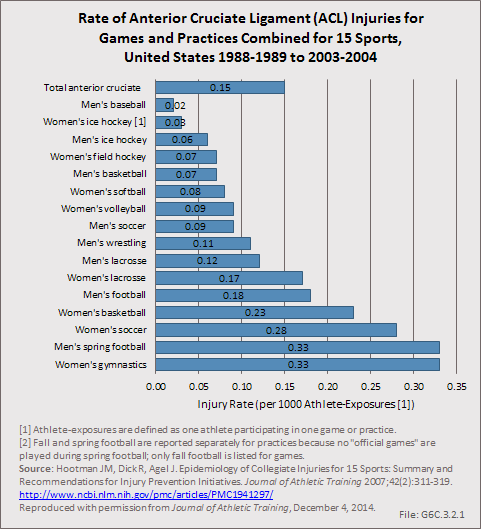
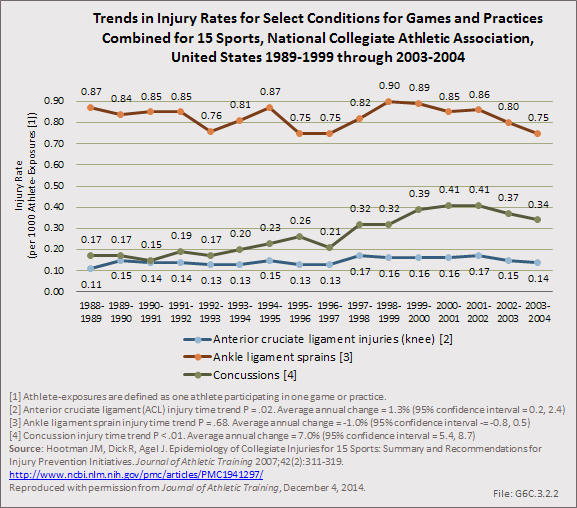
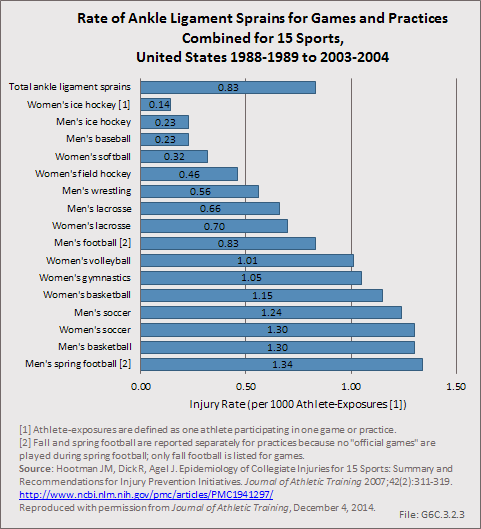
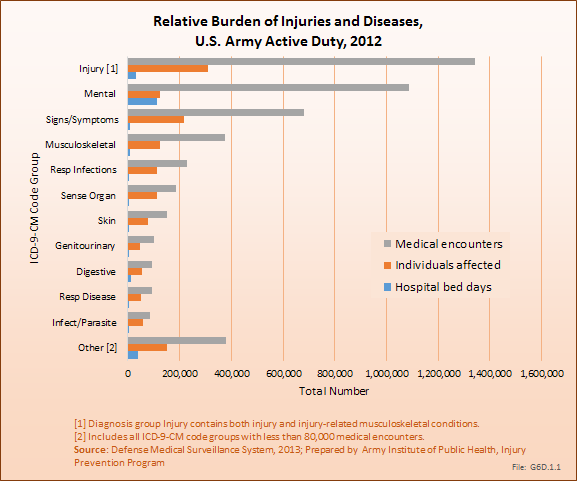
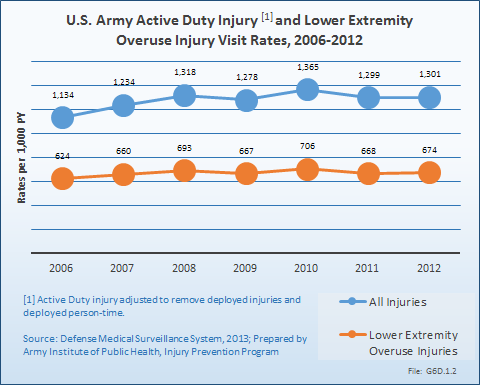

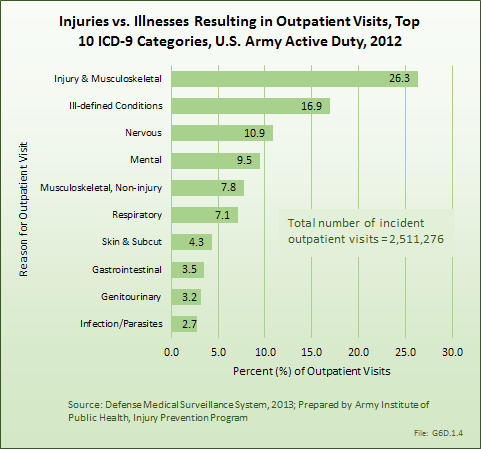
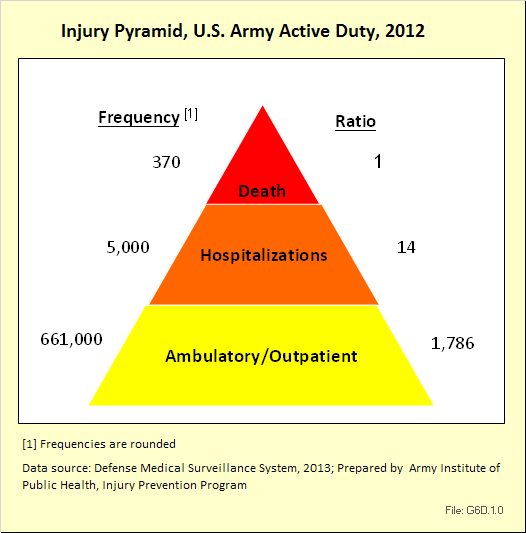
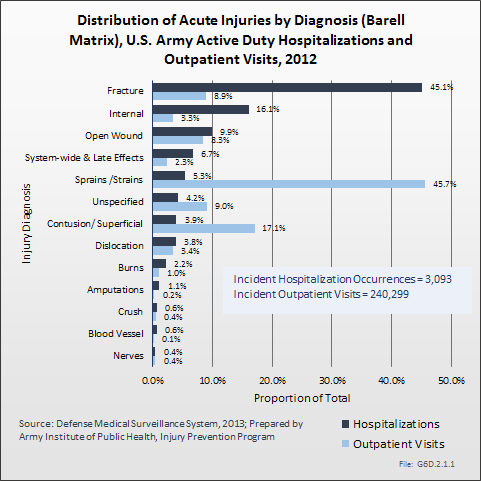
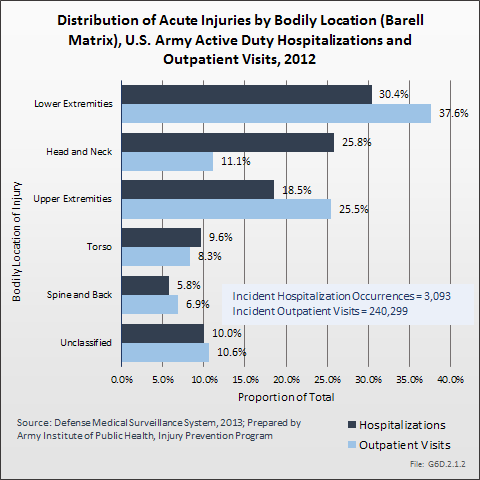
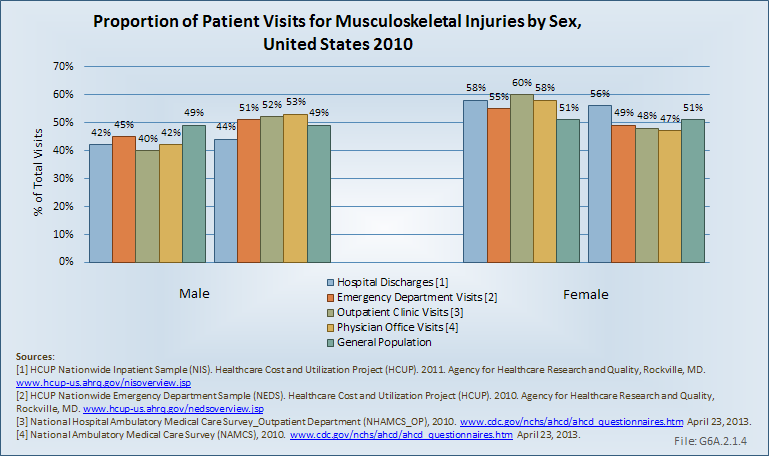
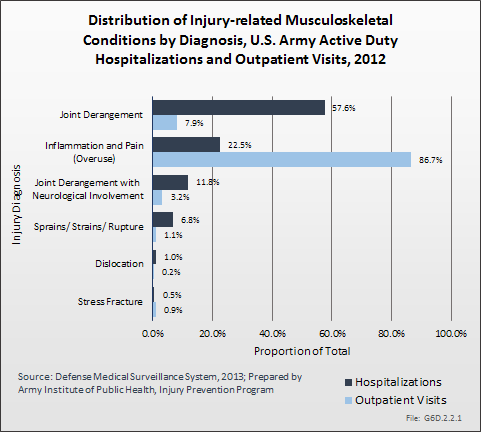
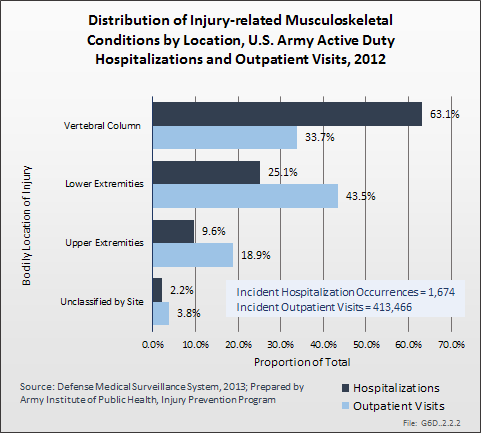
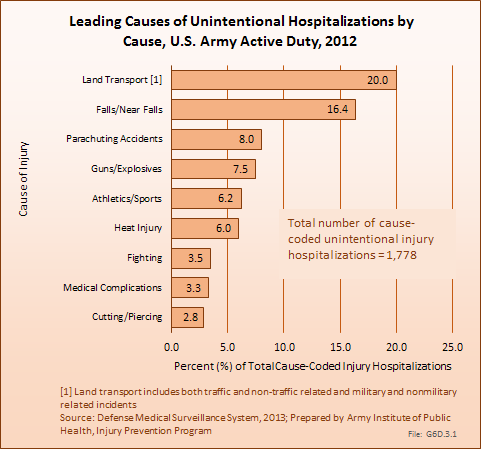
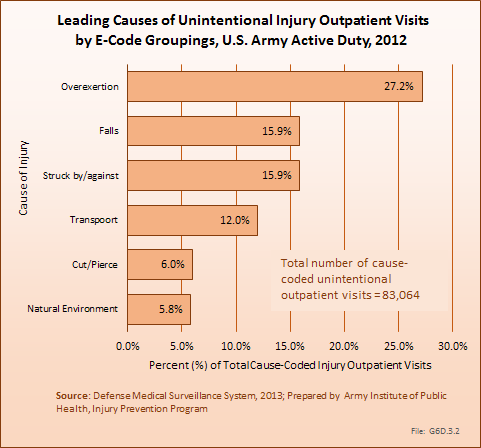

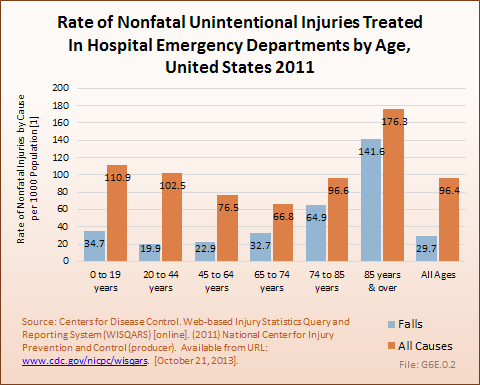
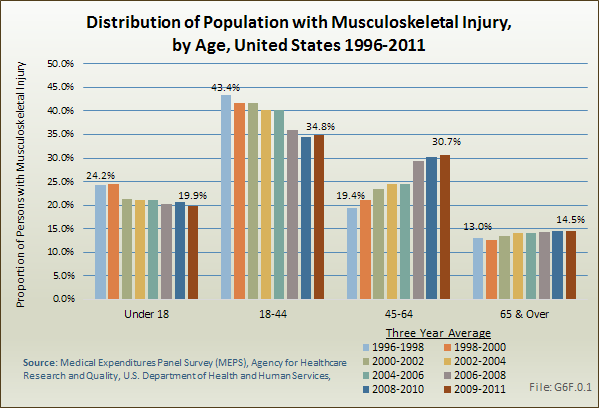
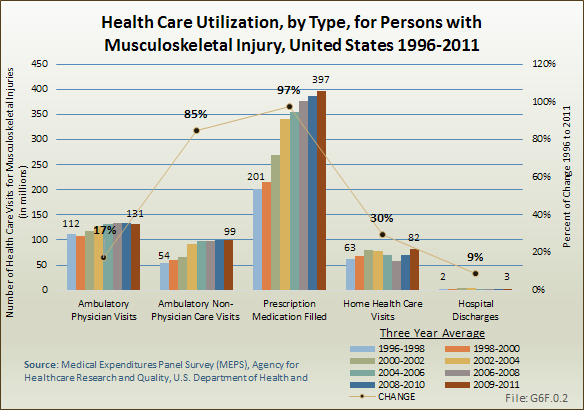
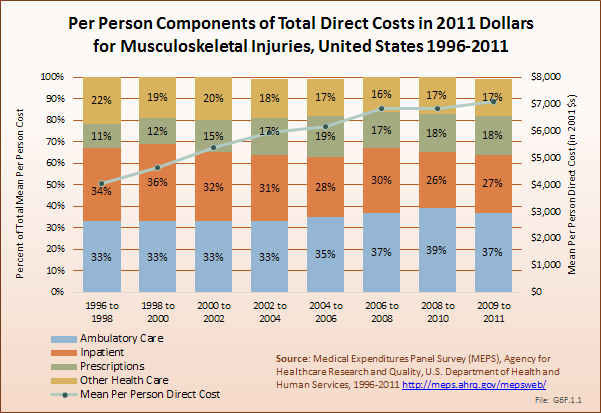
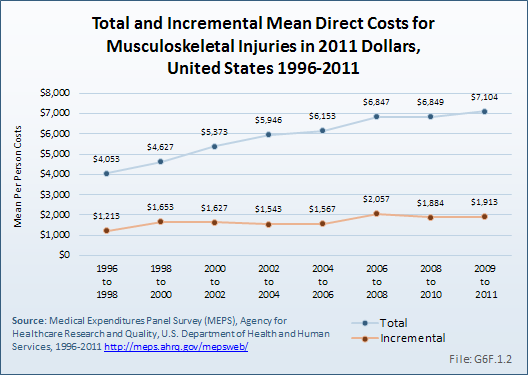
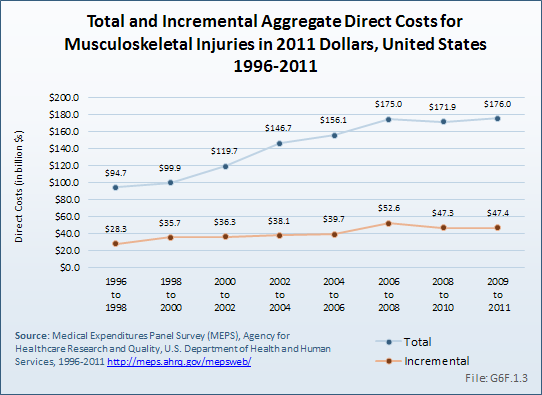
 Download as CSV
Download as CSV
